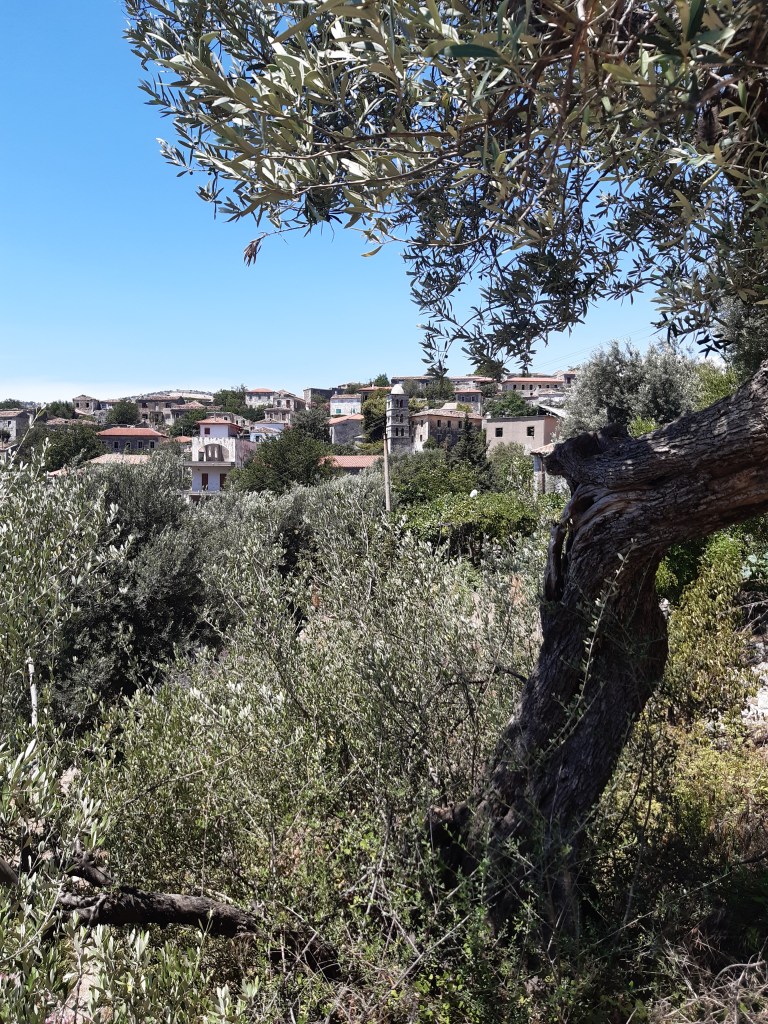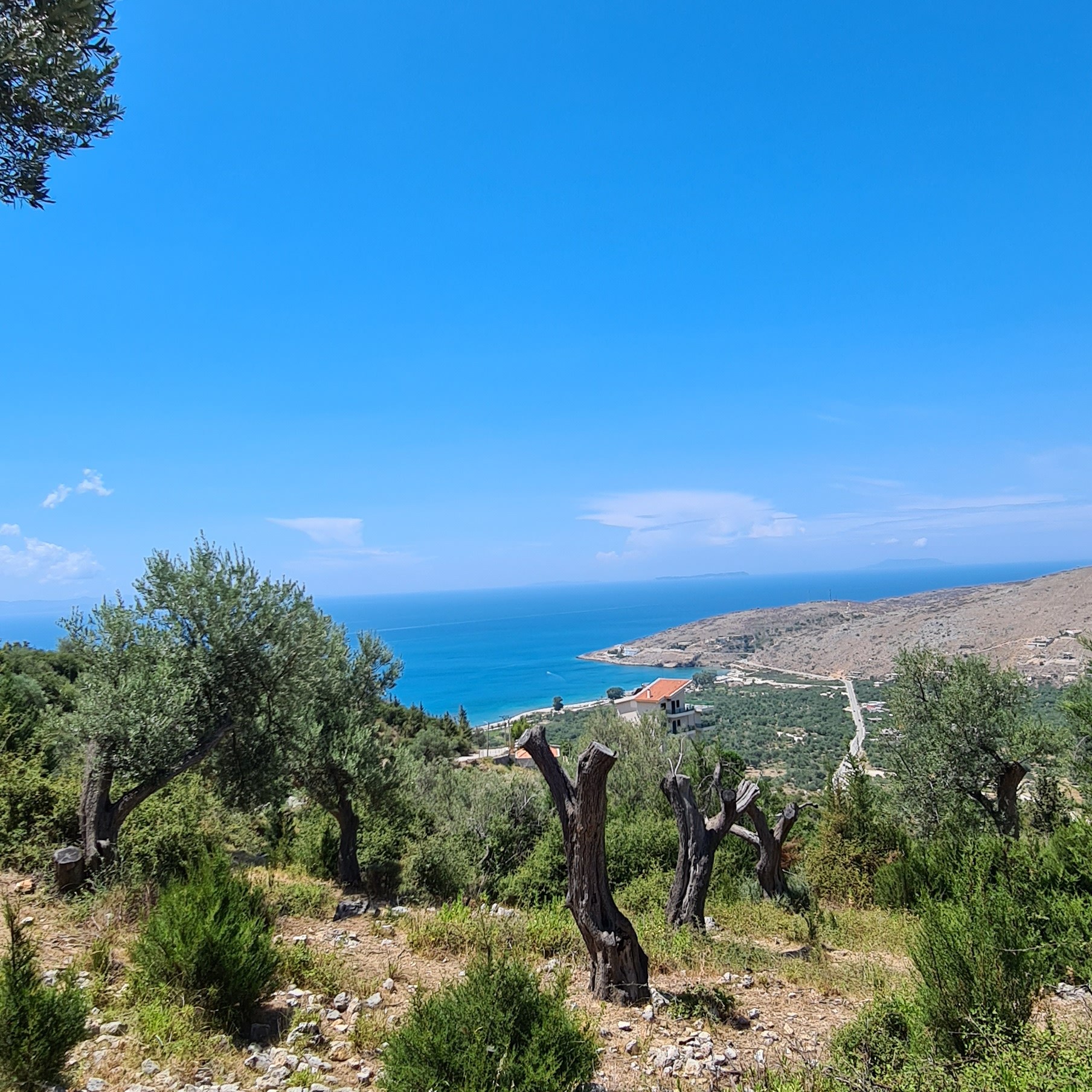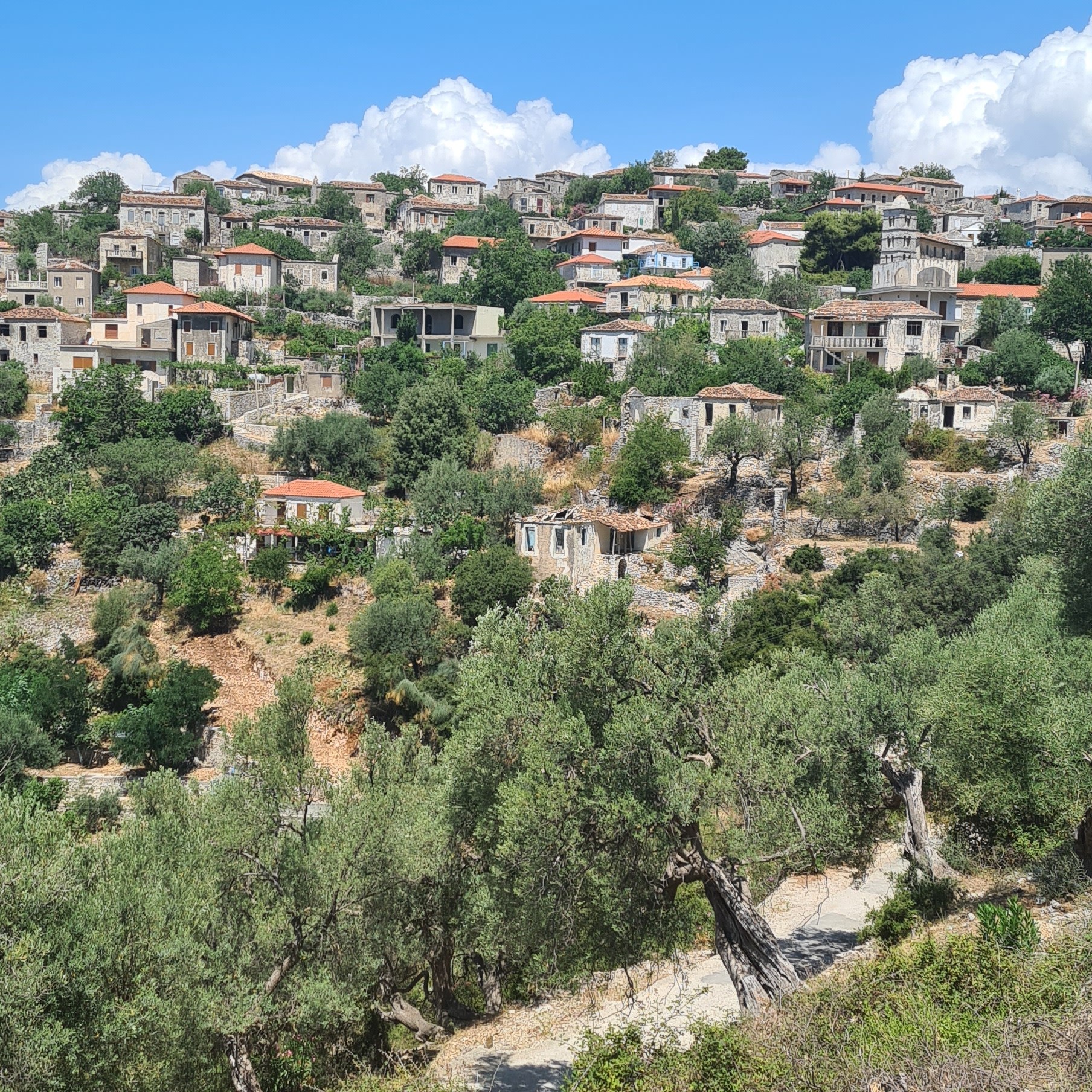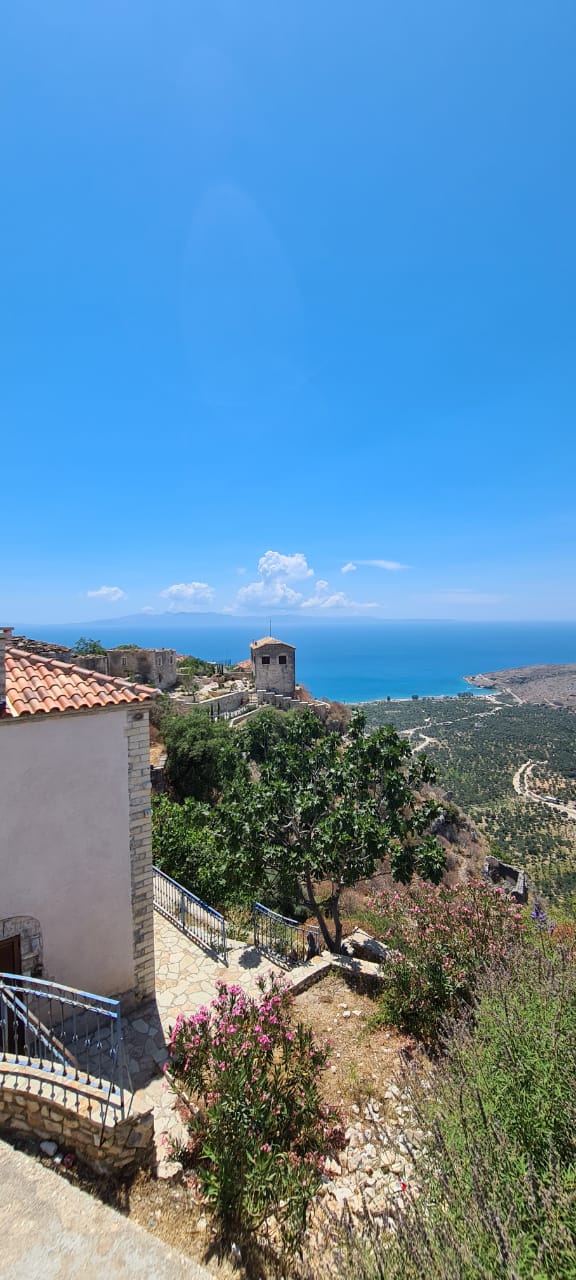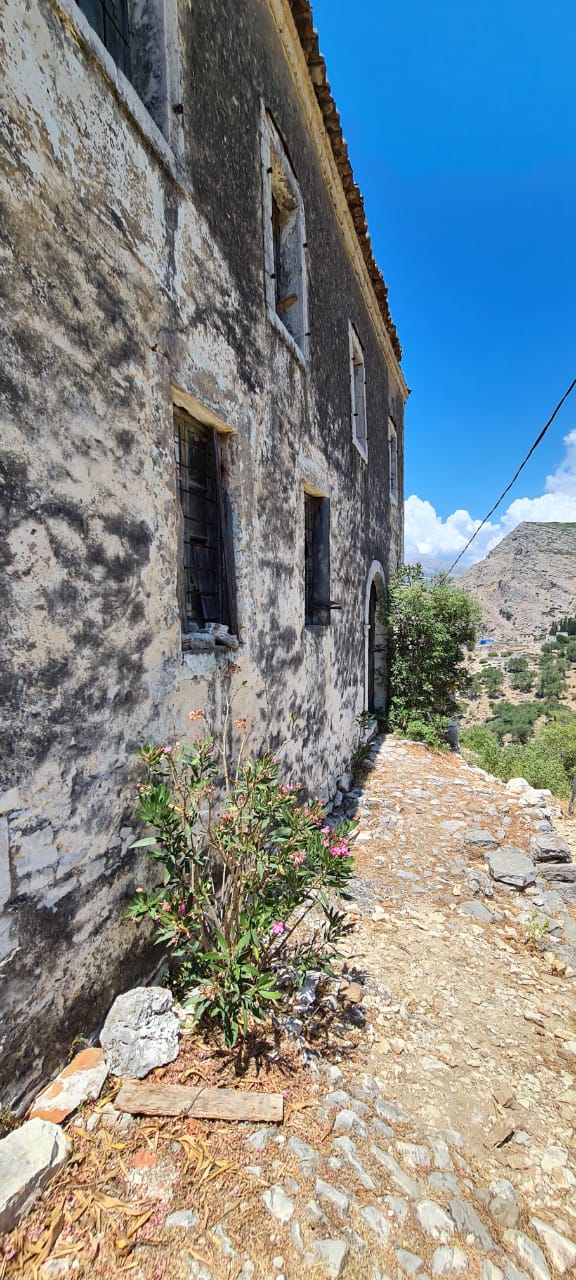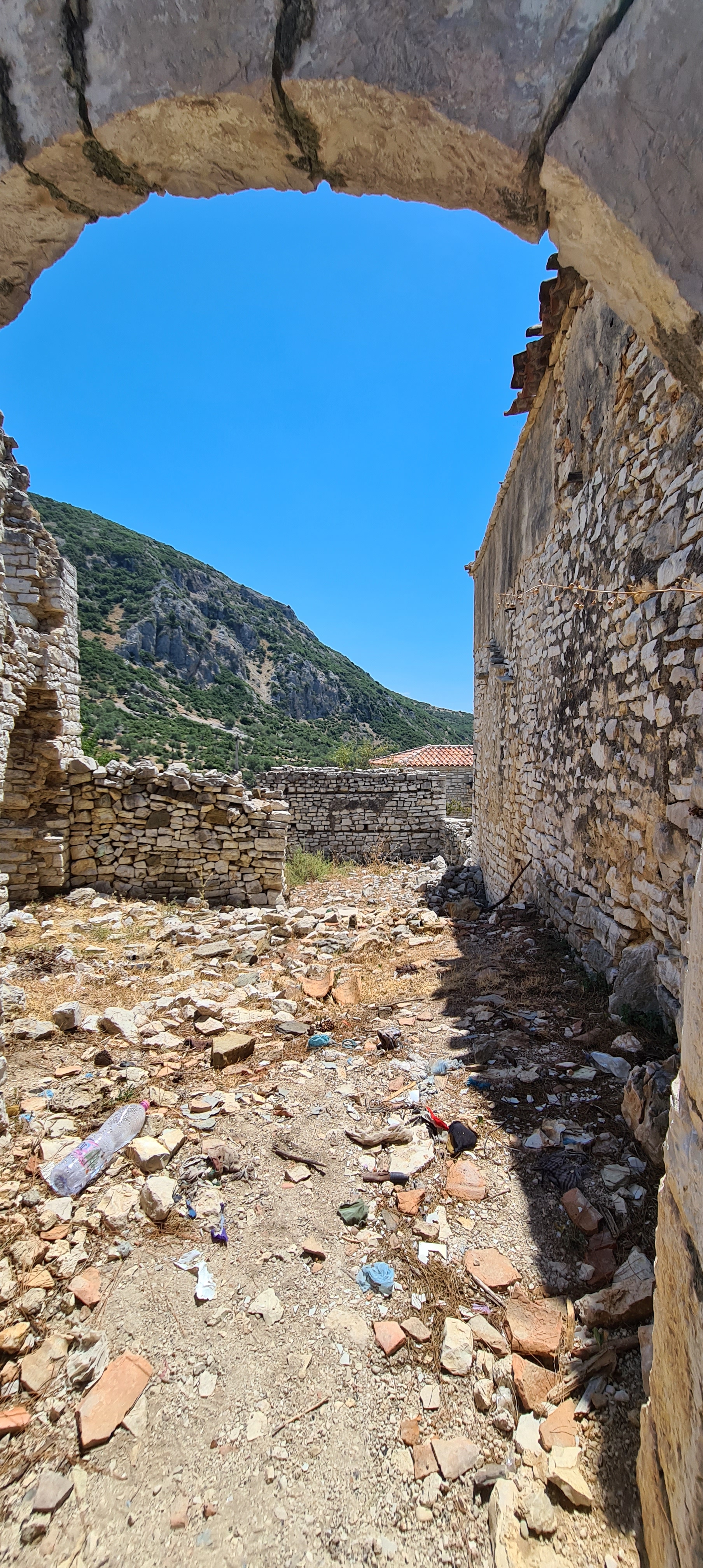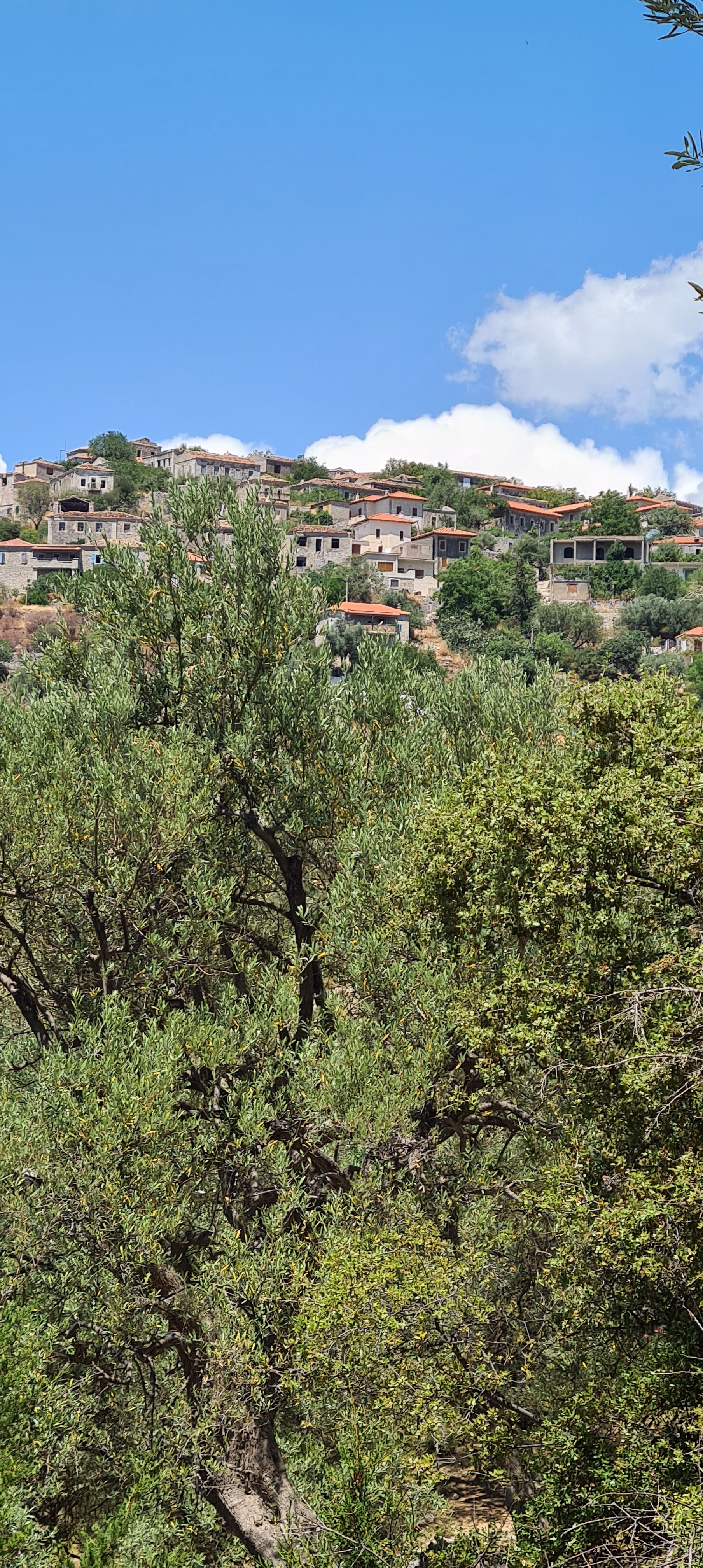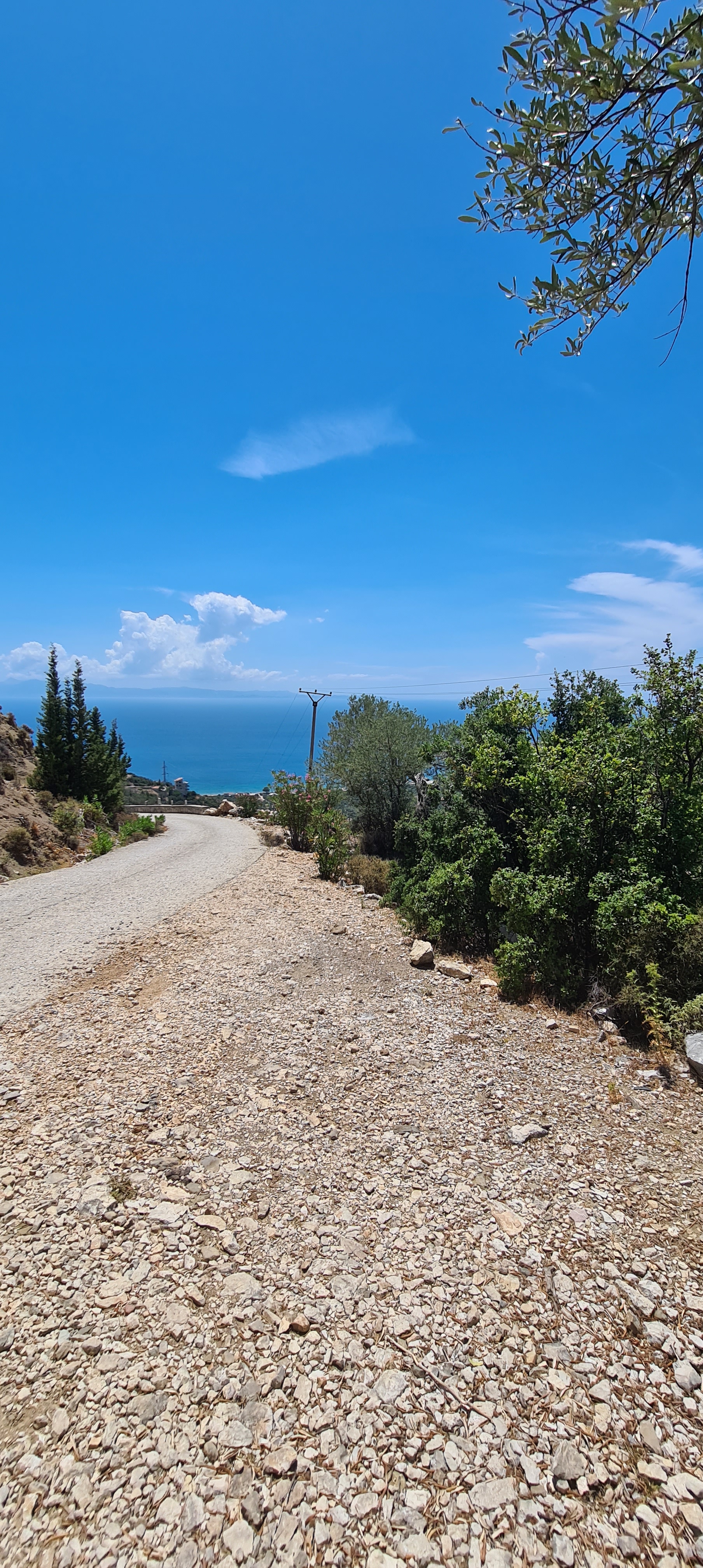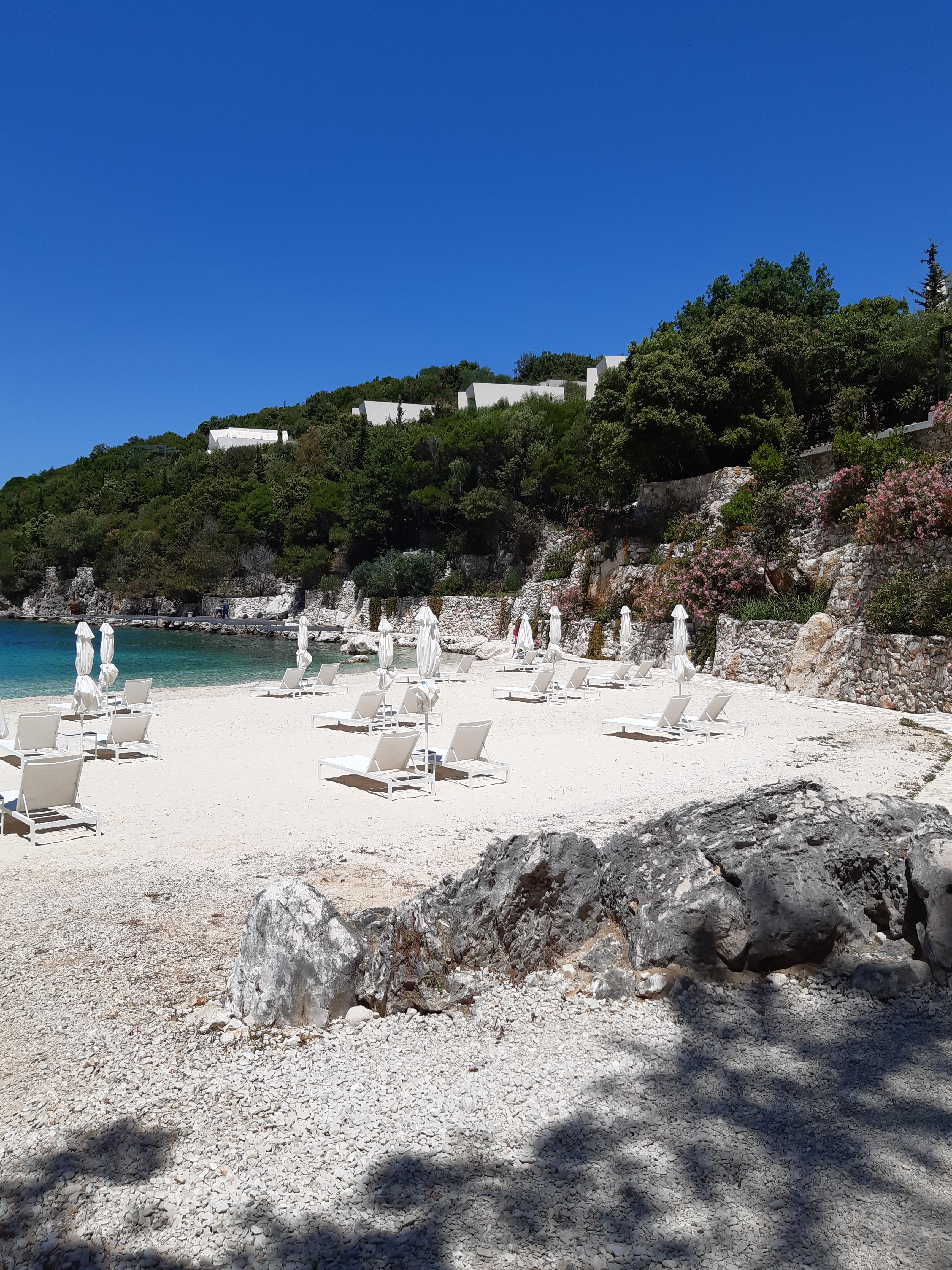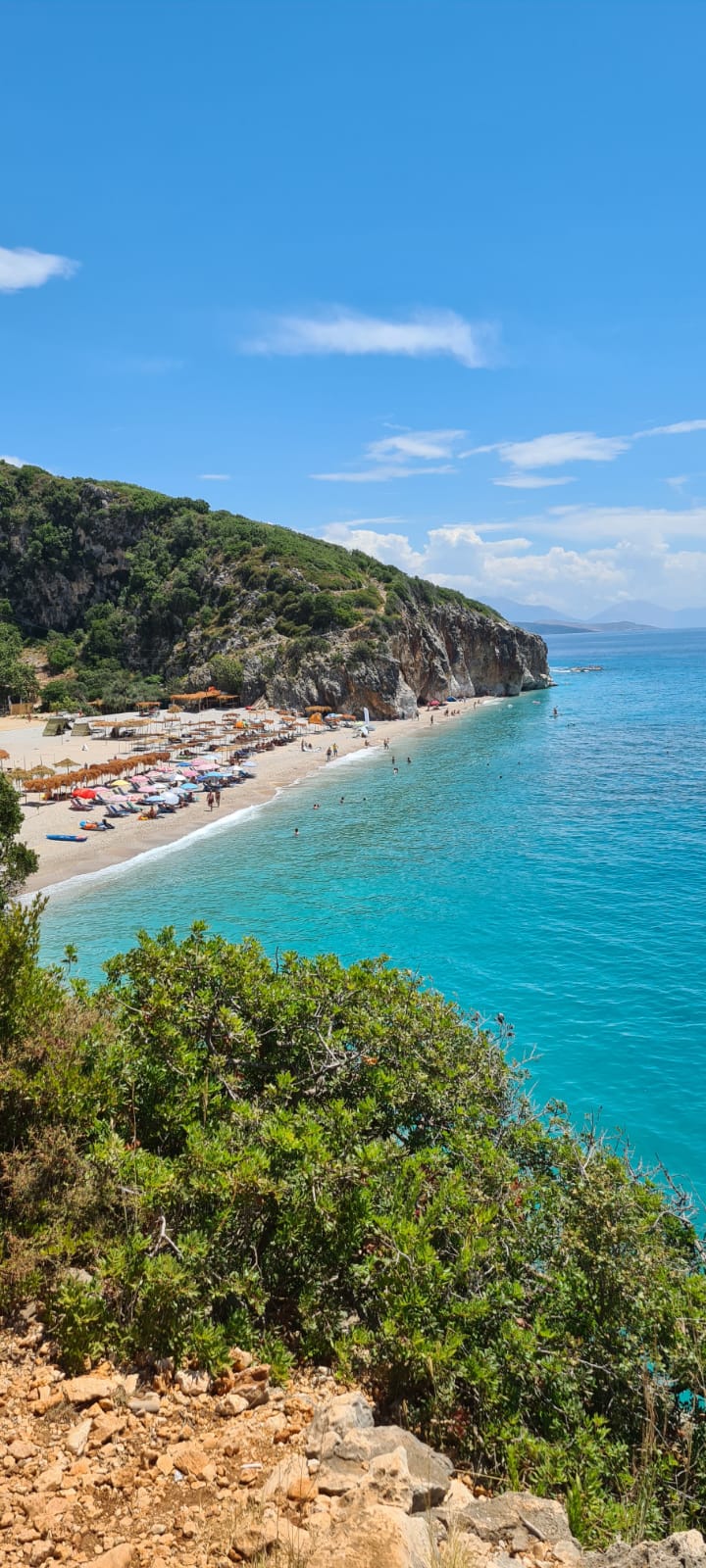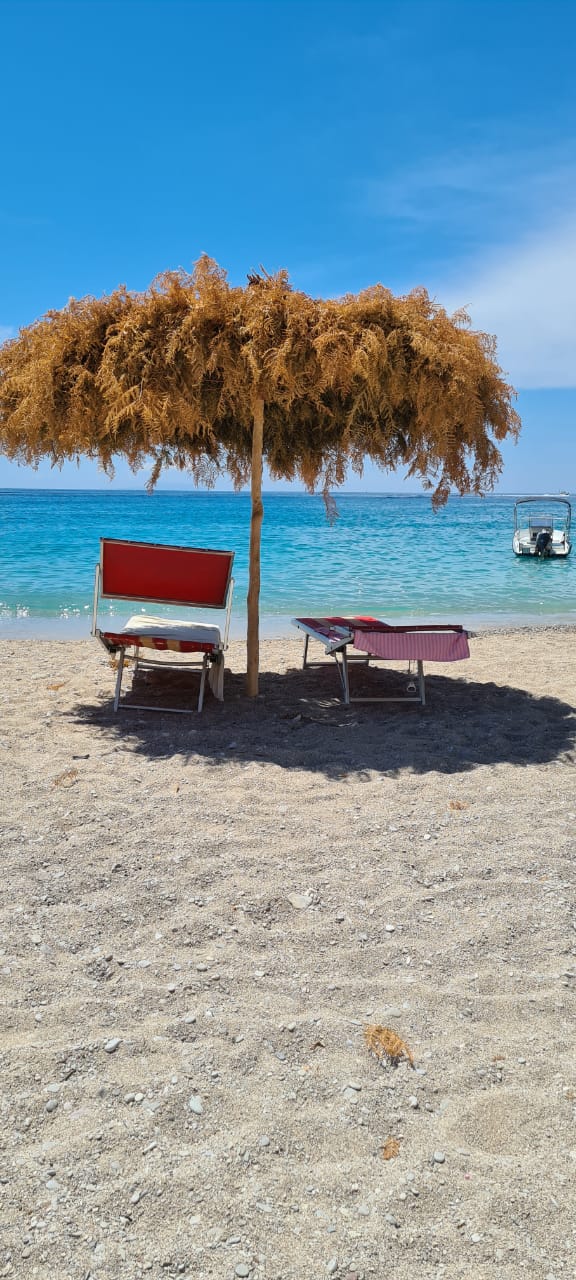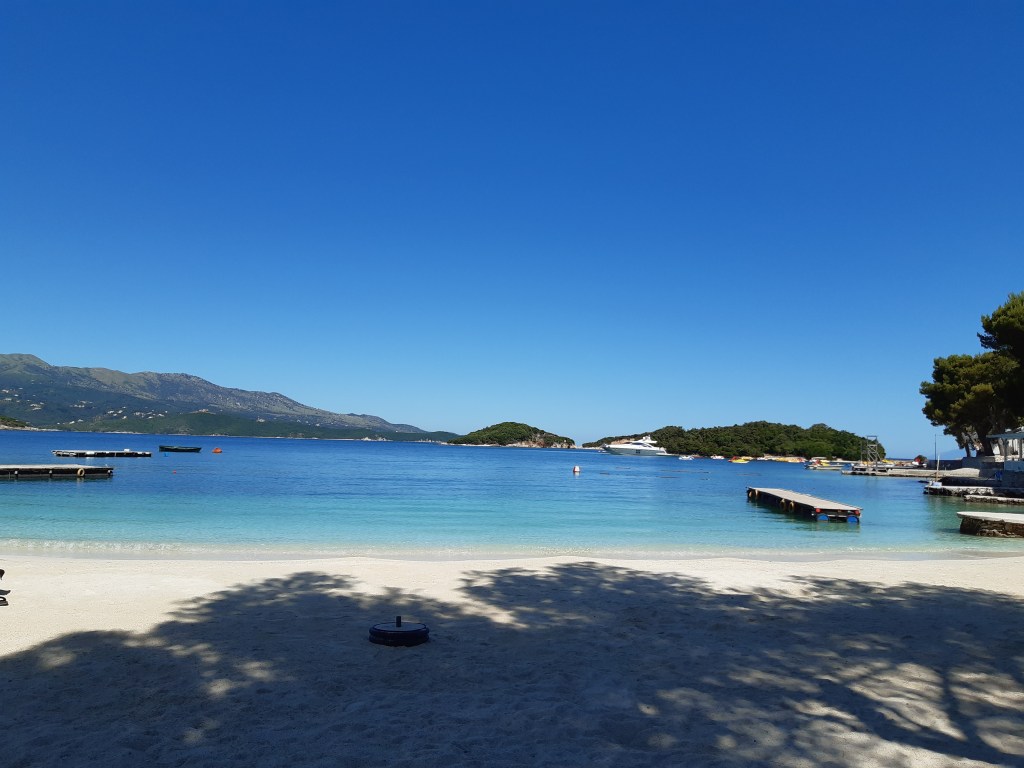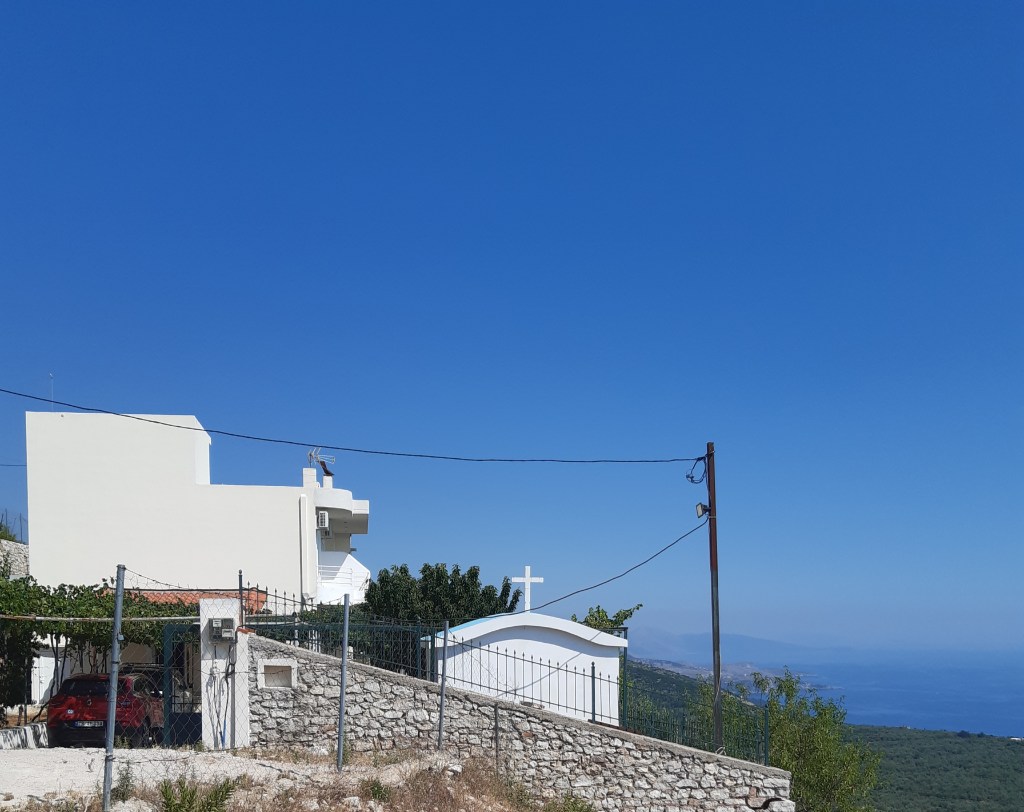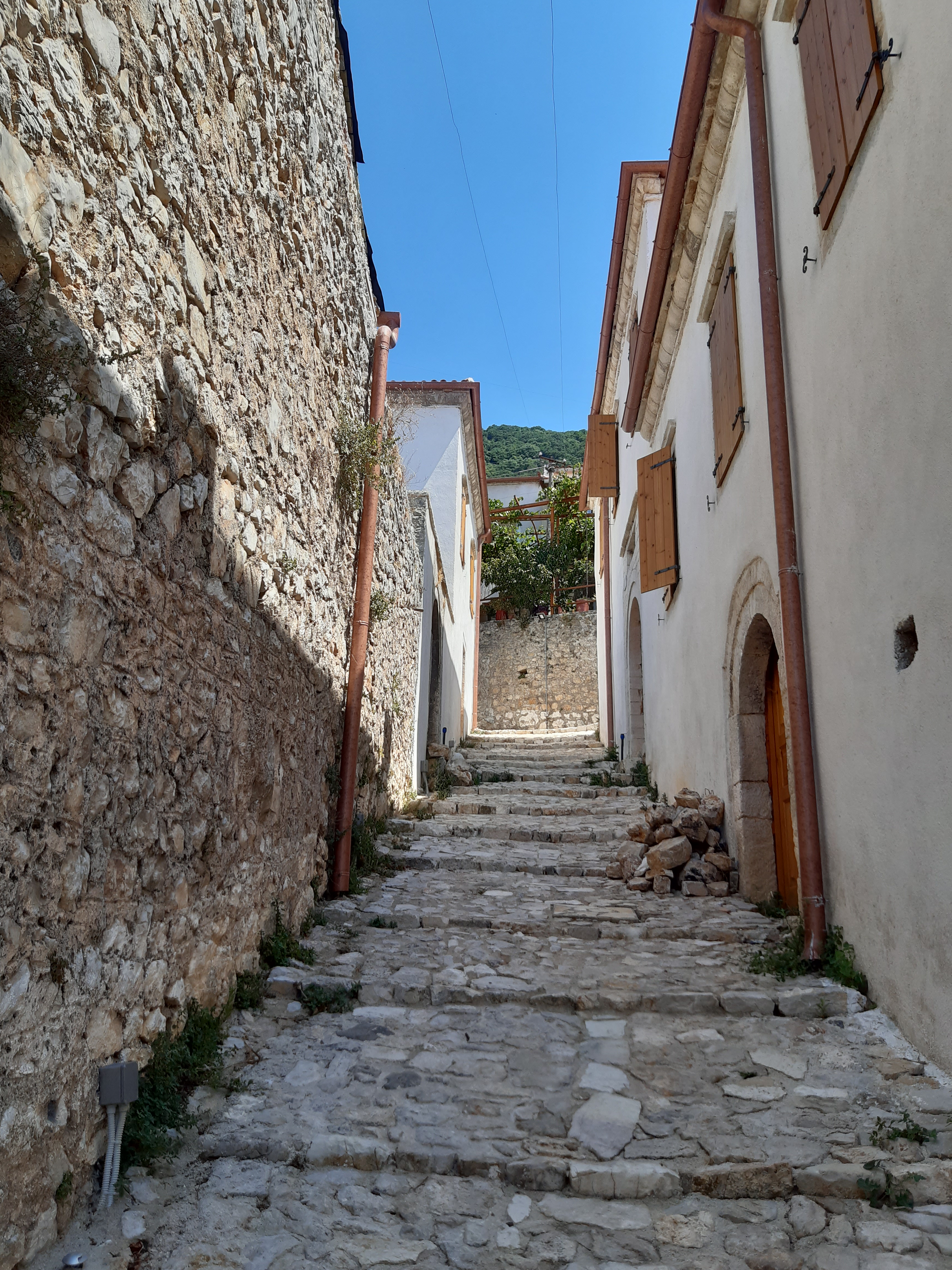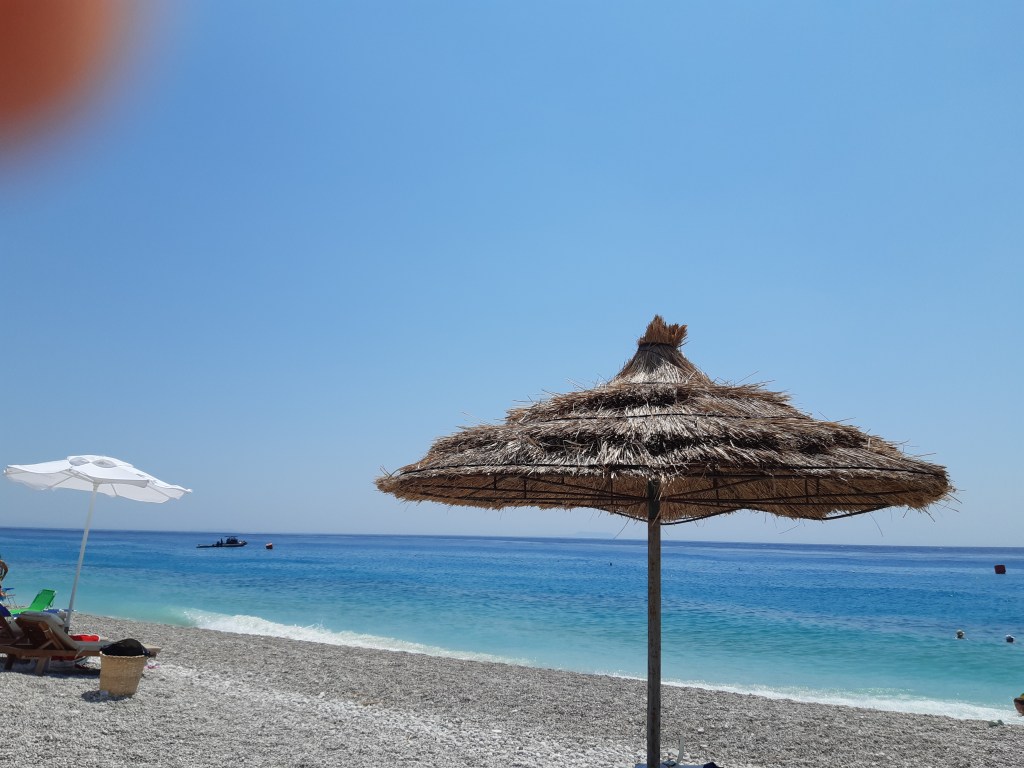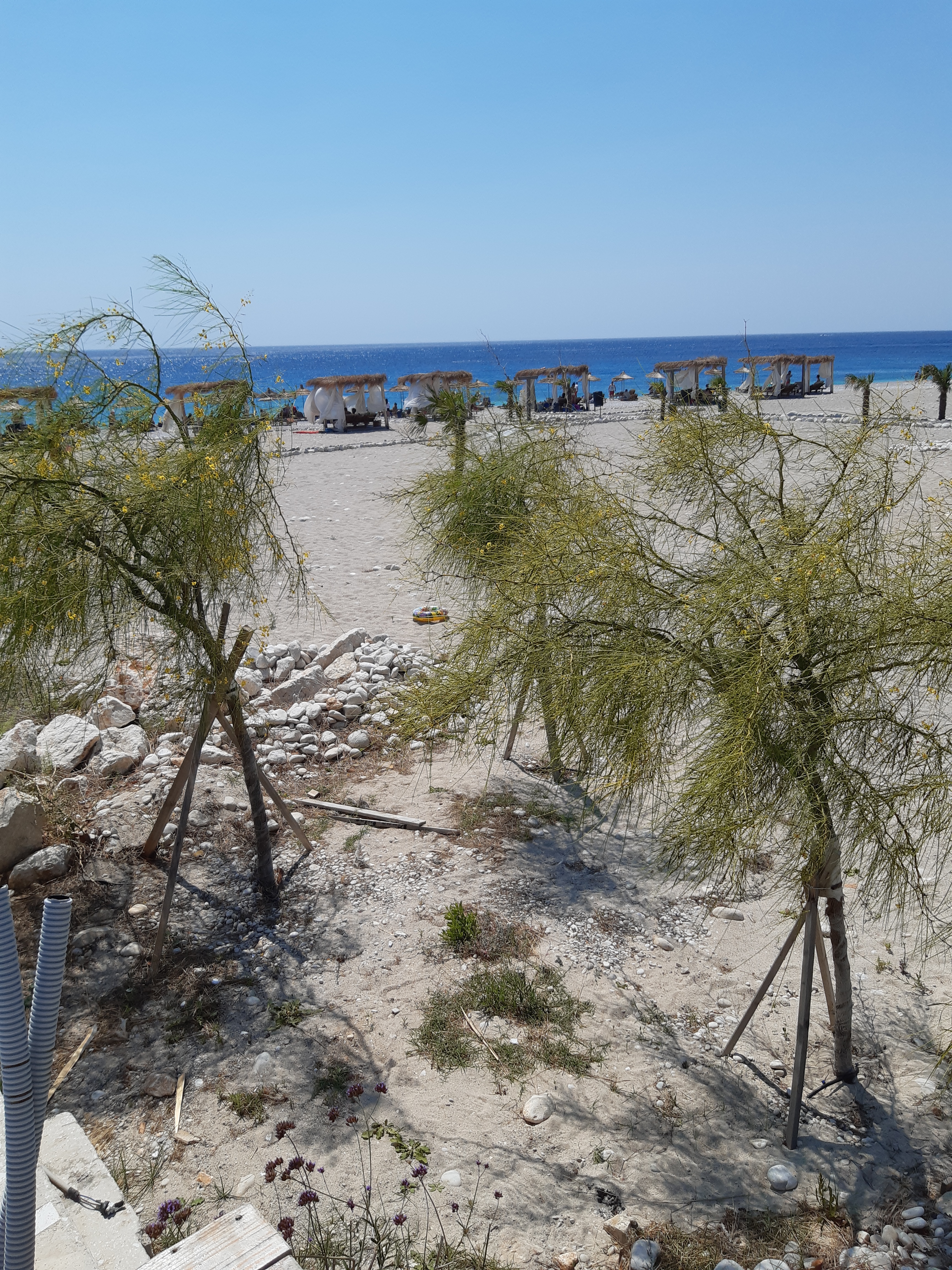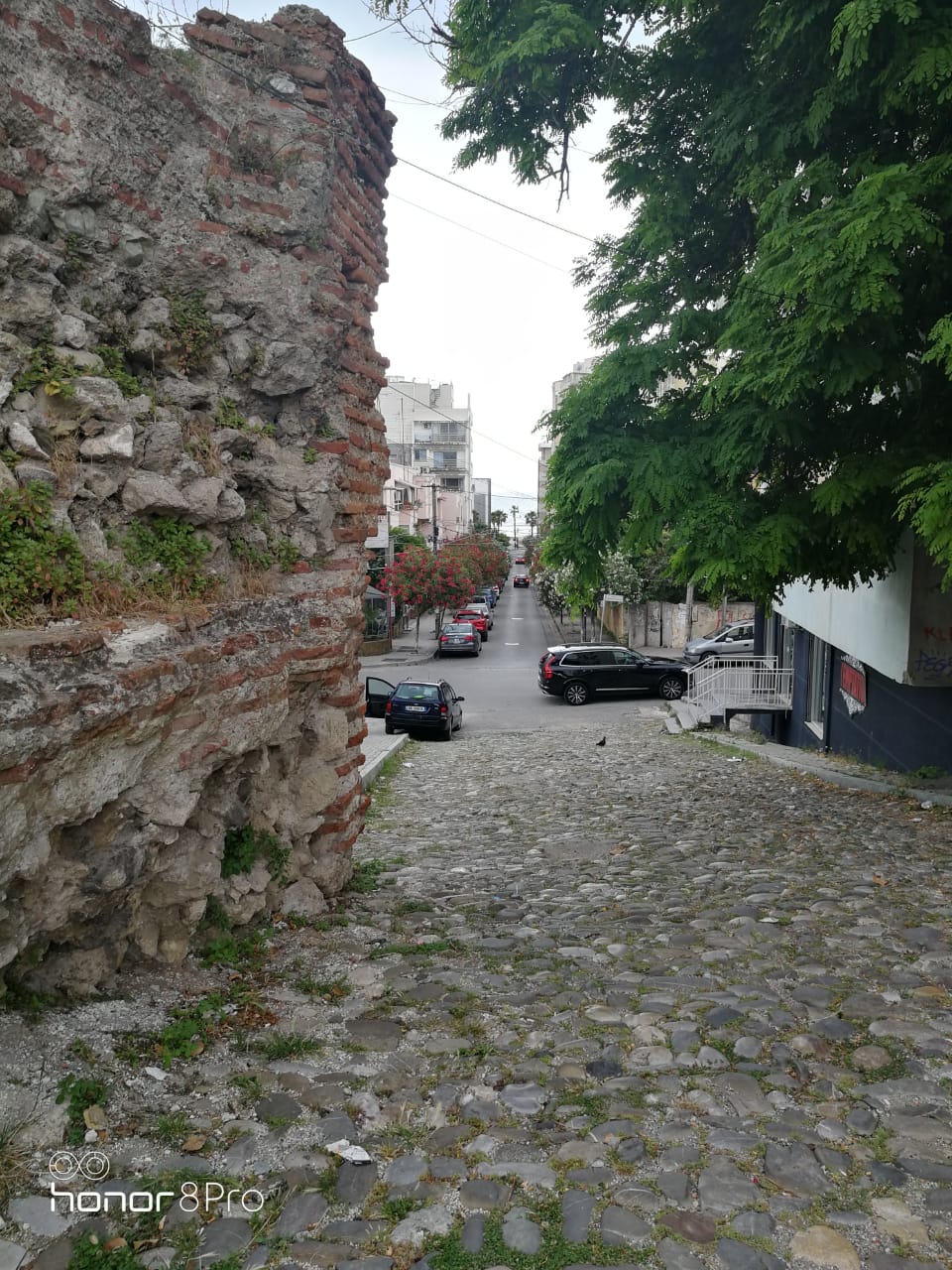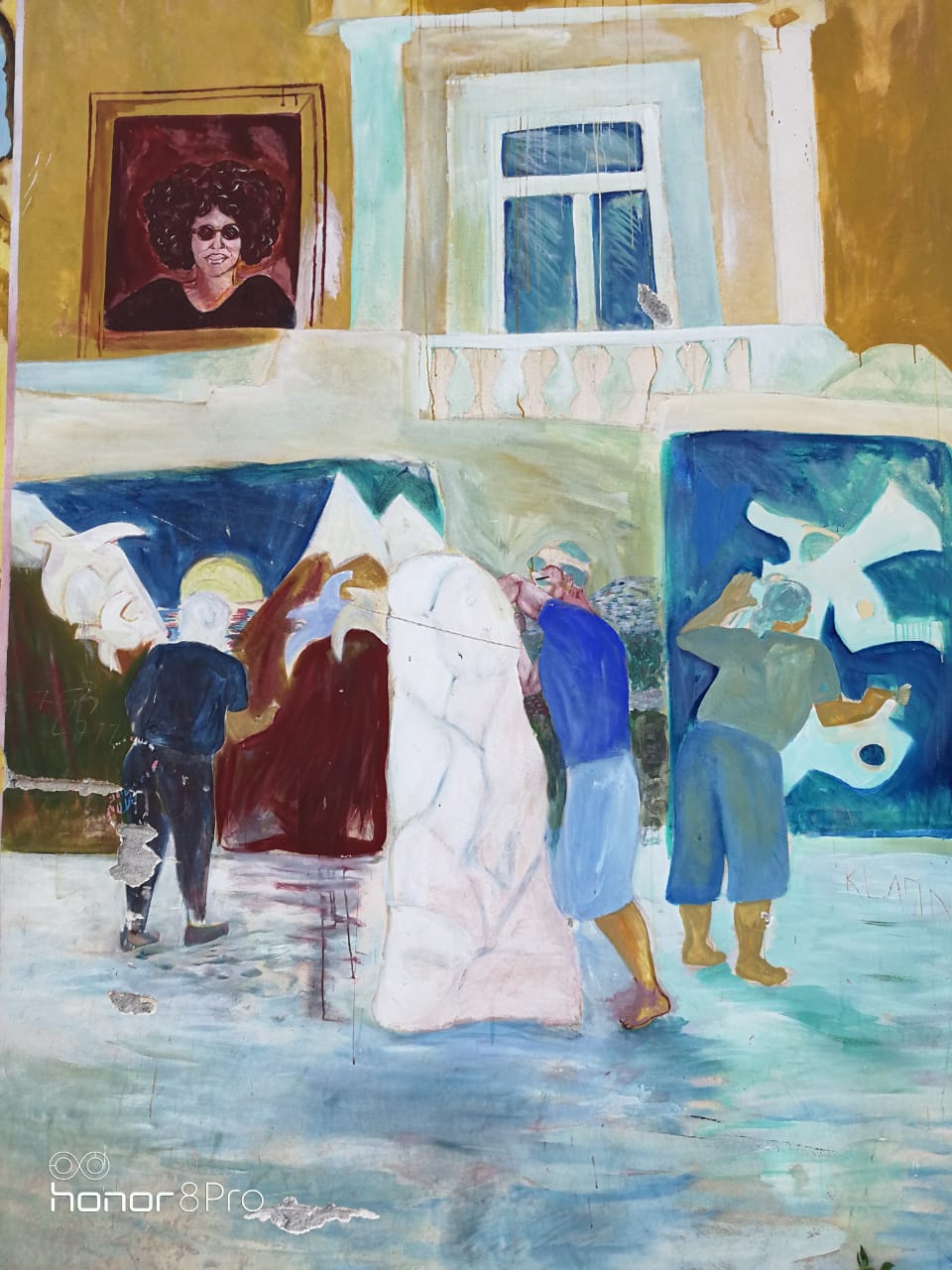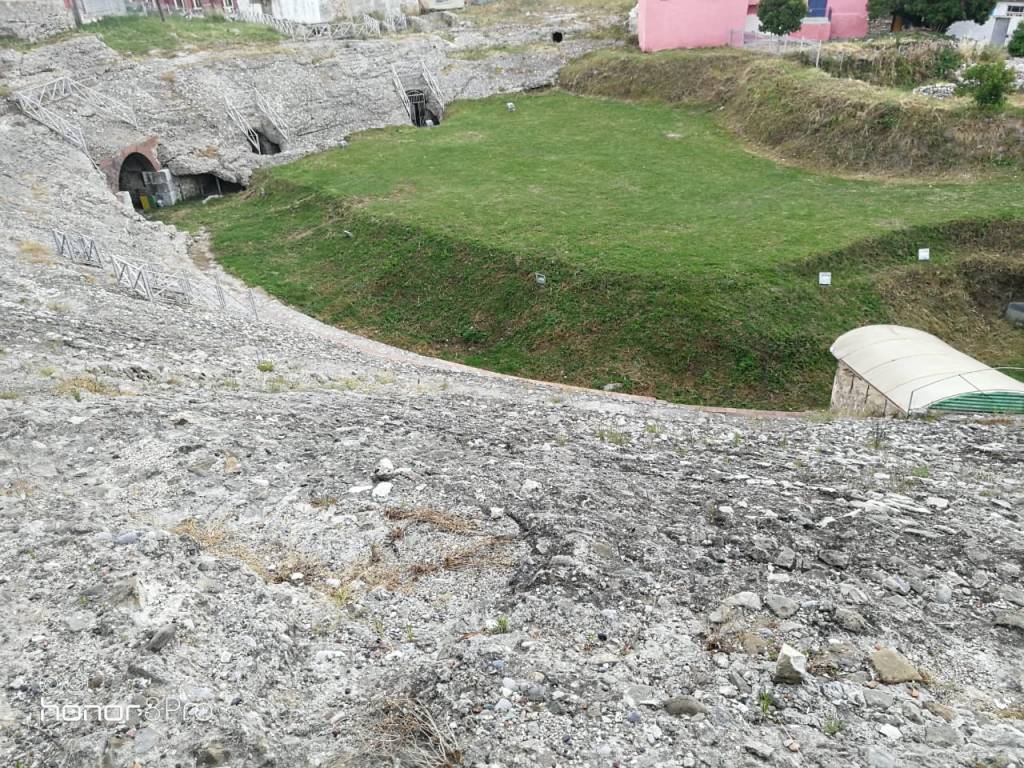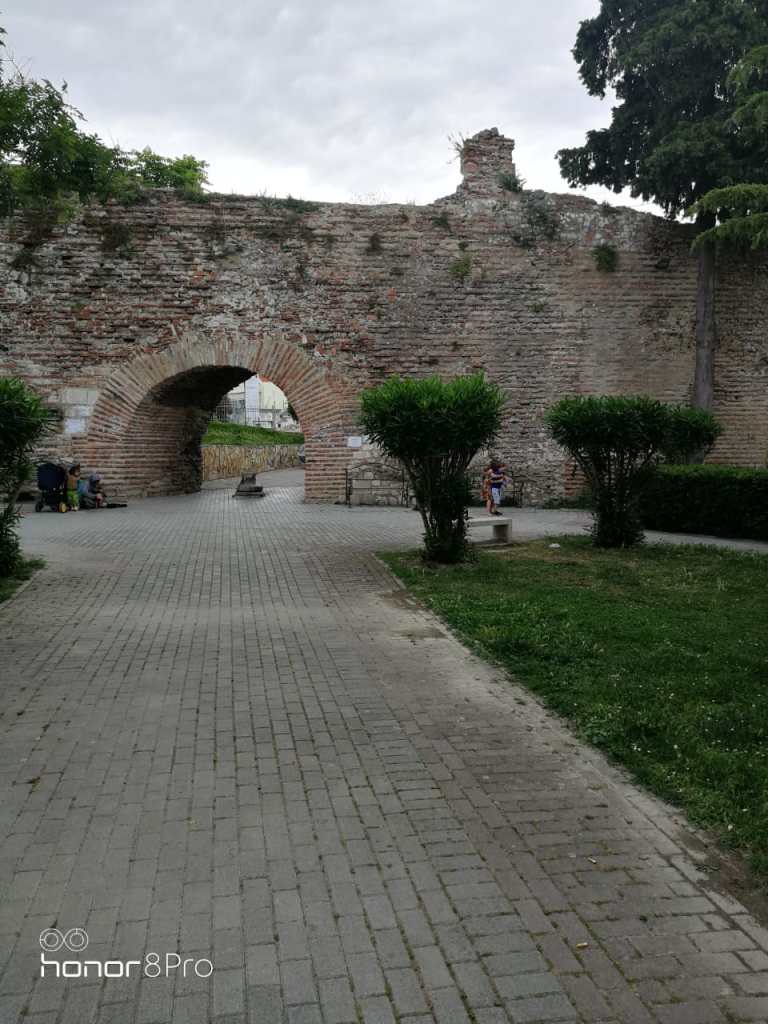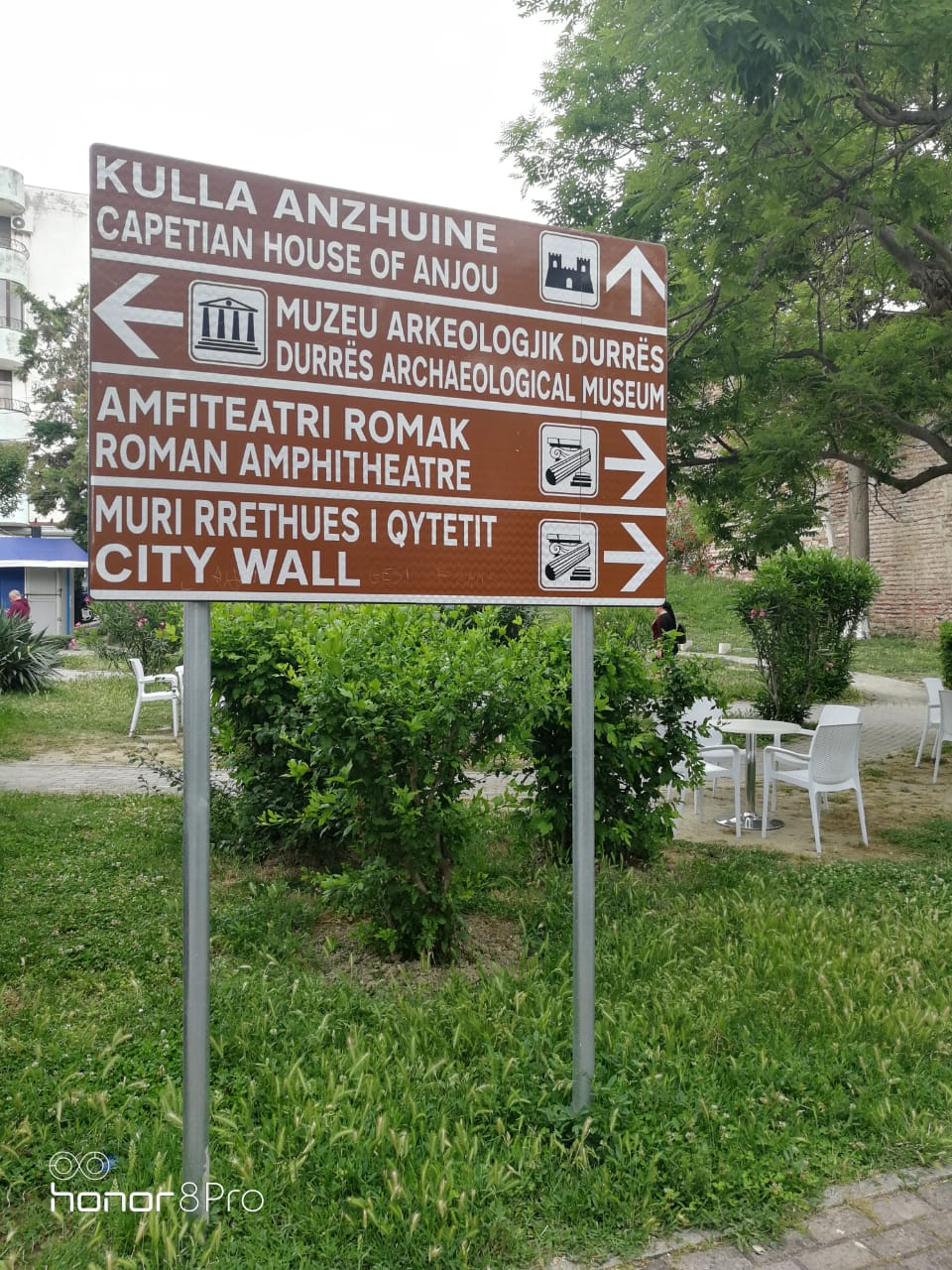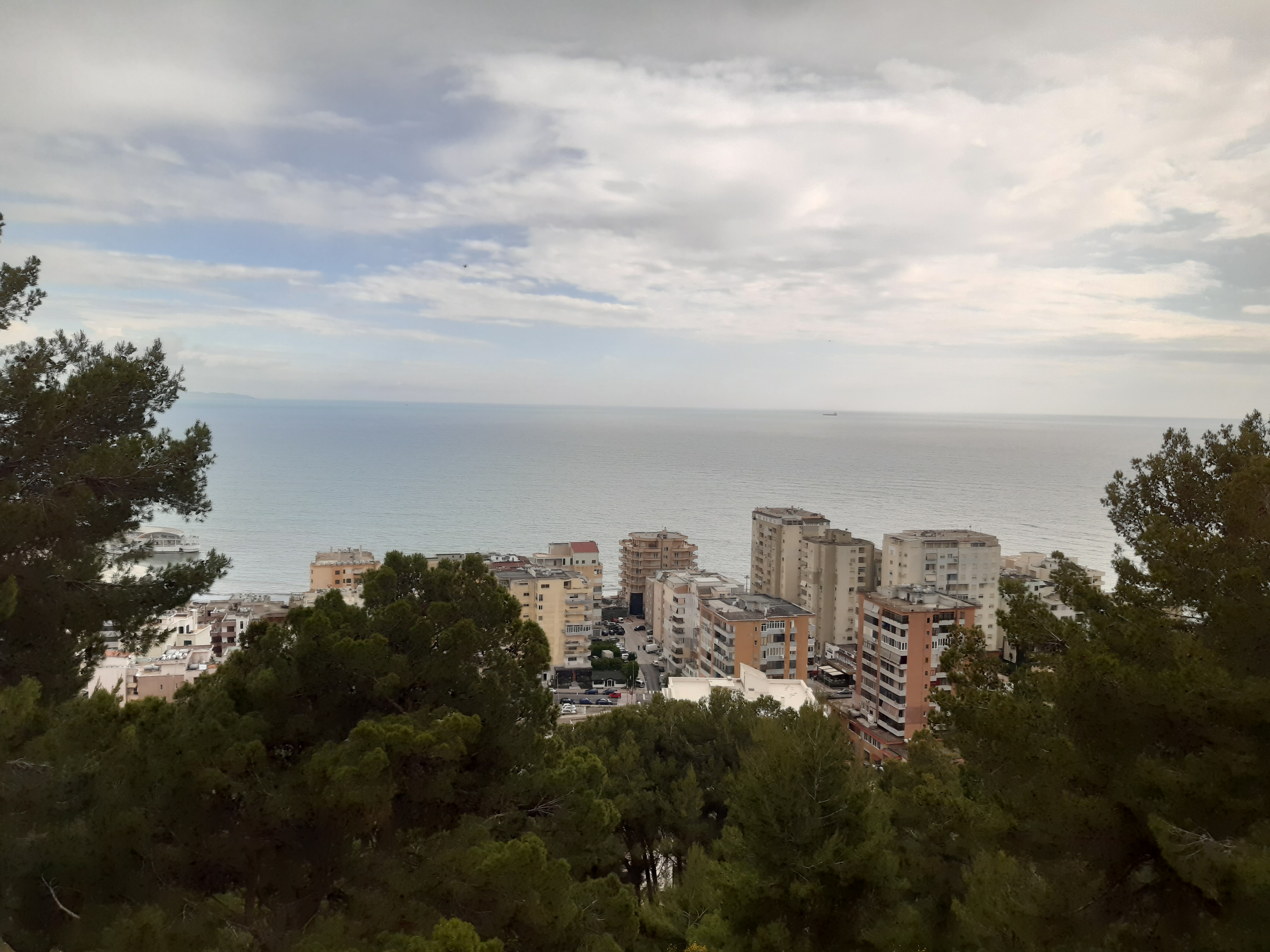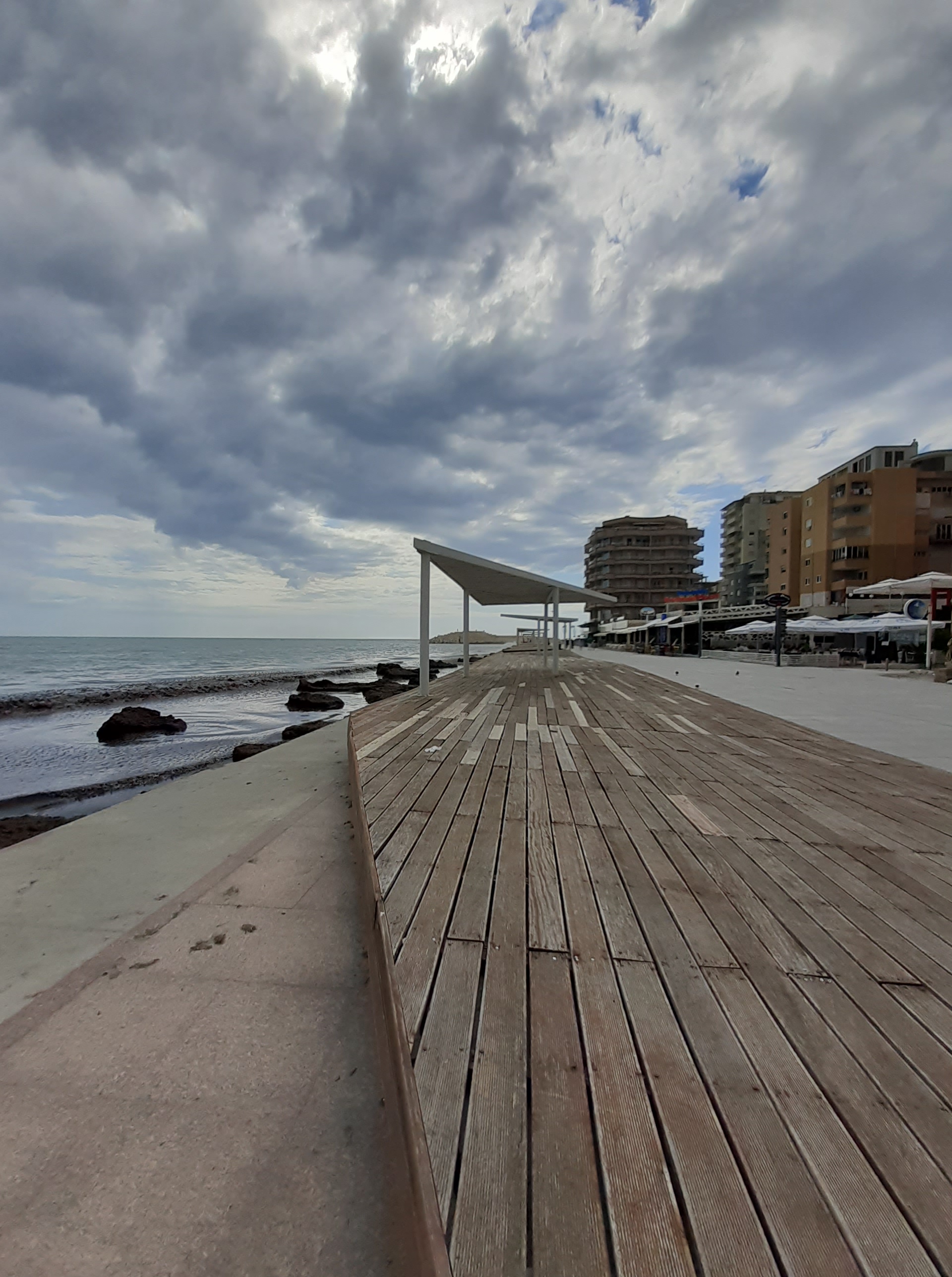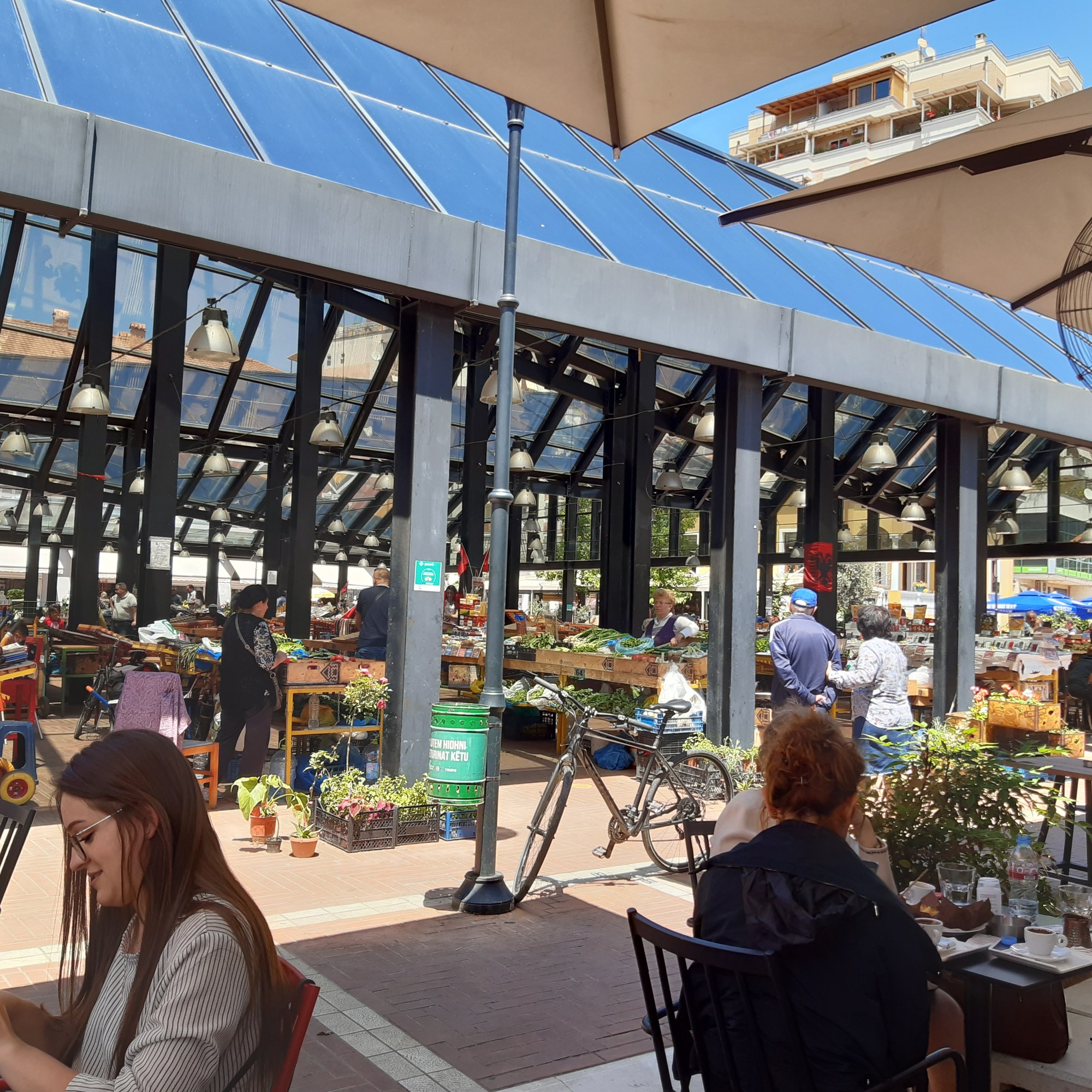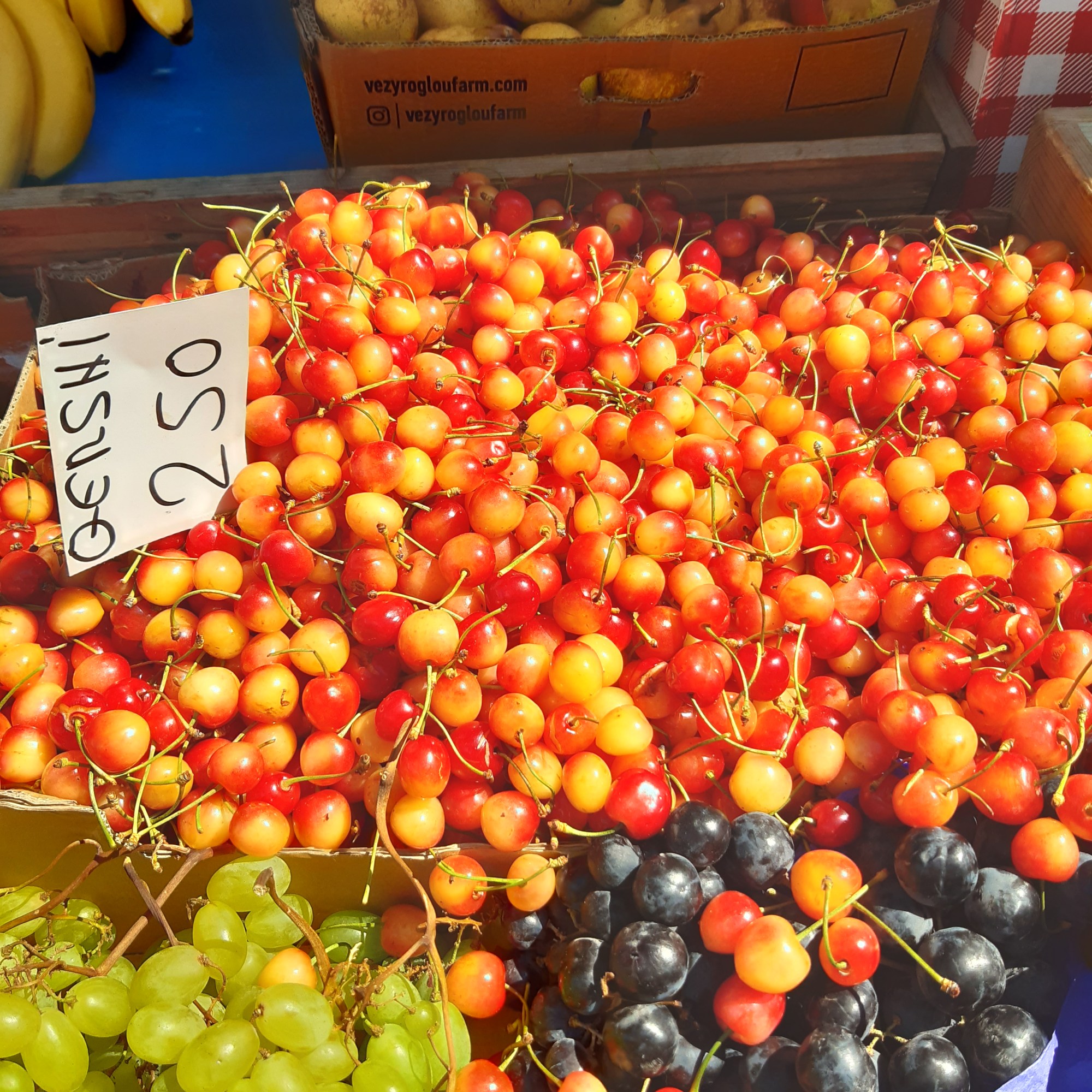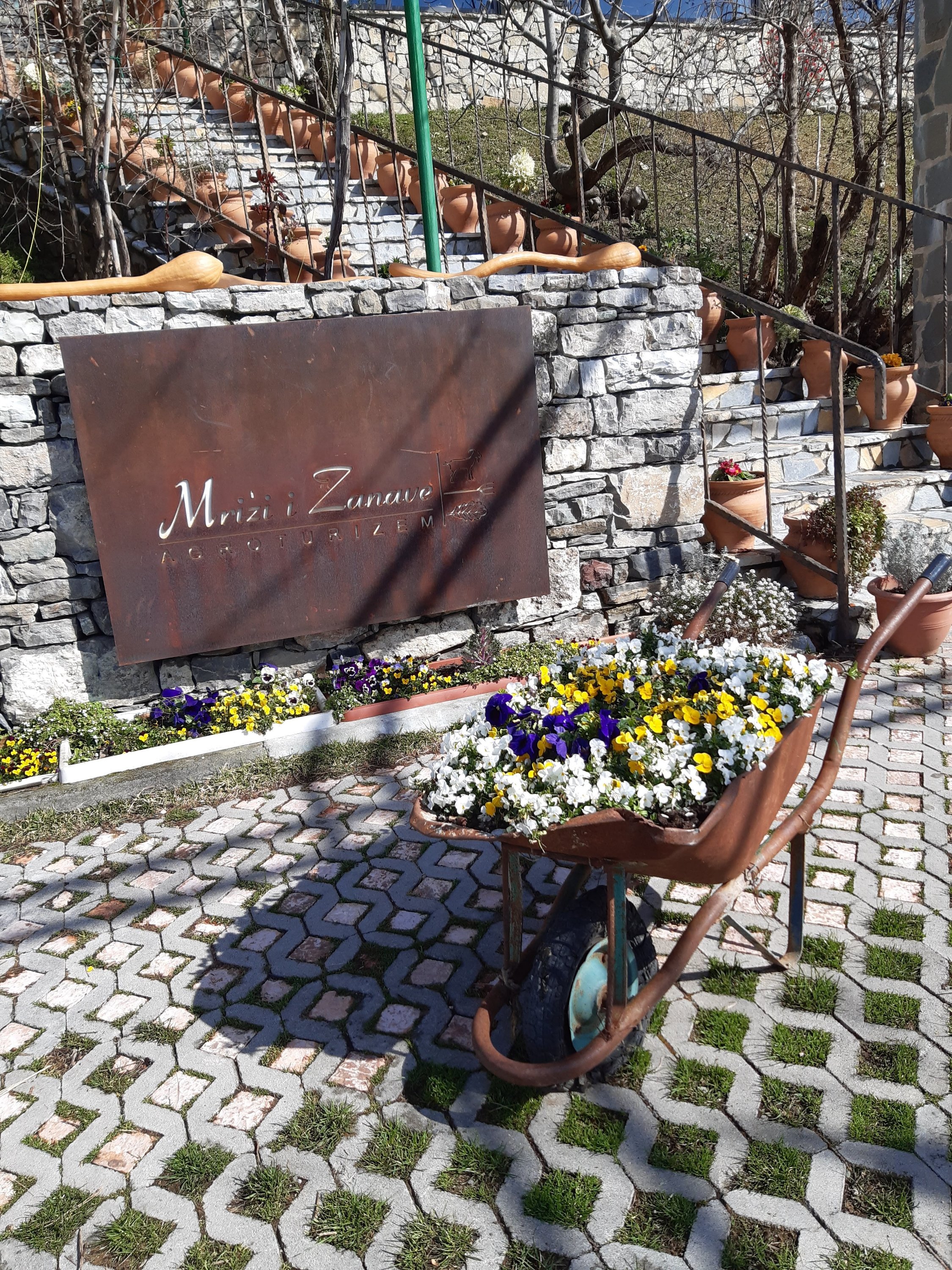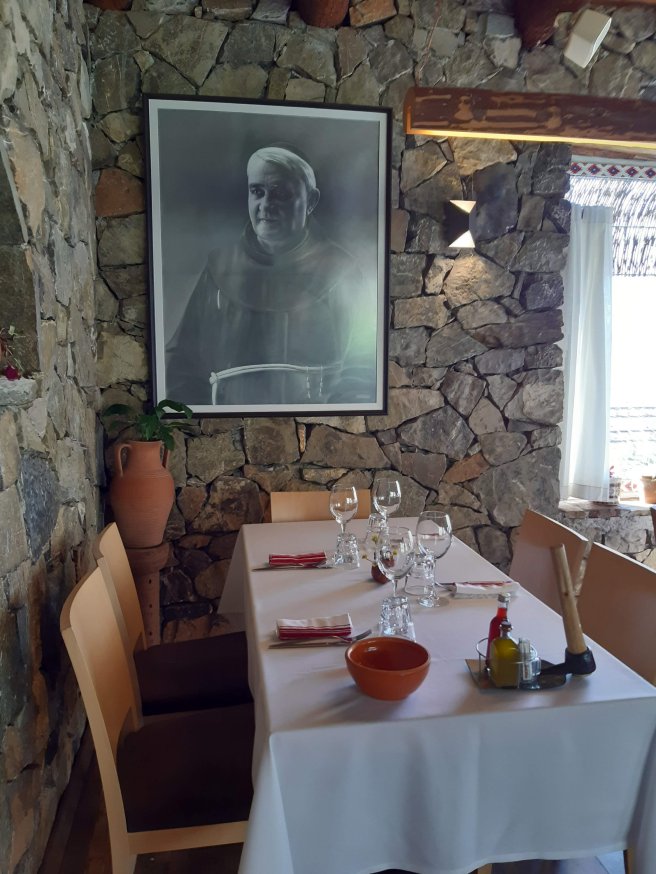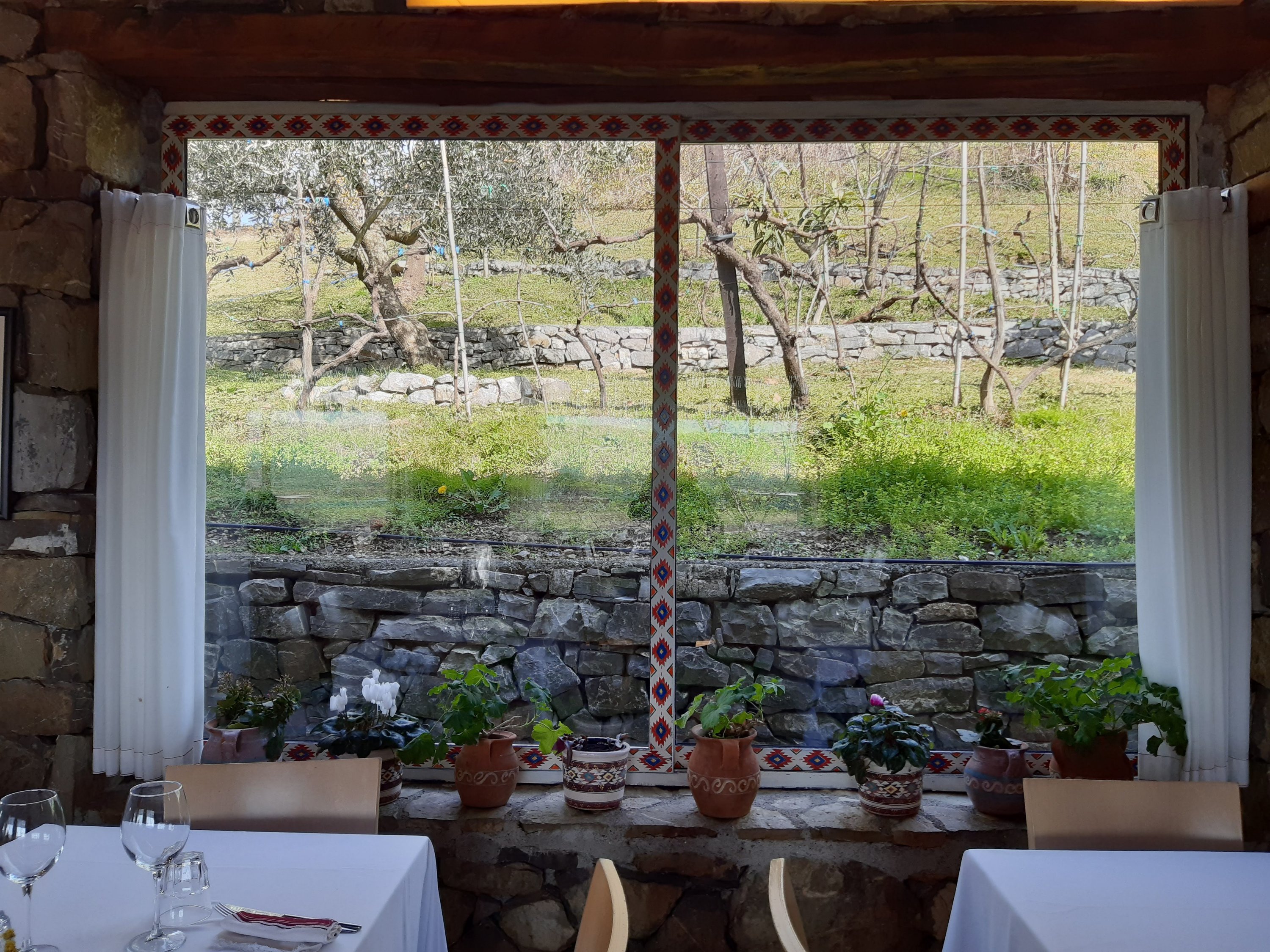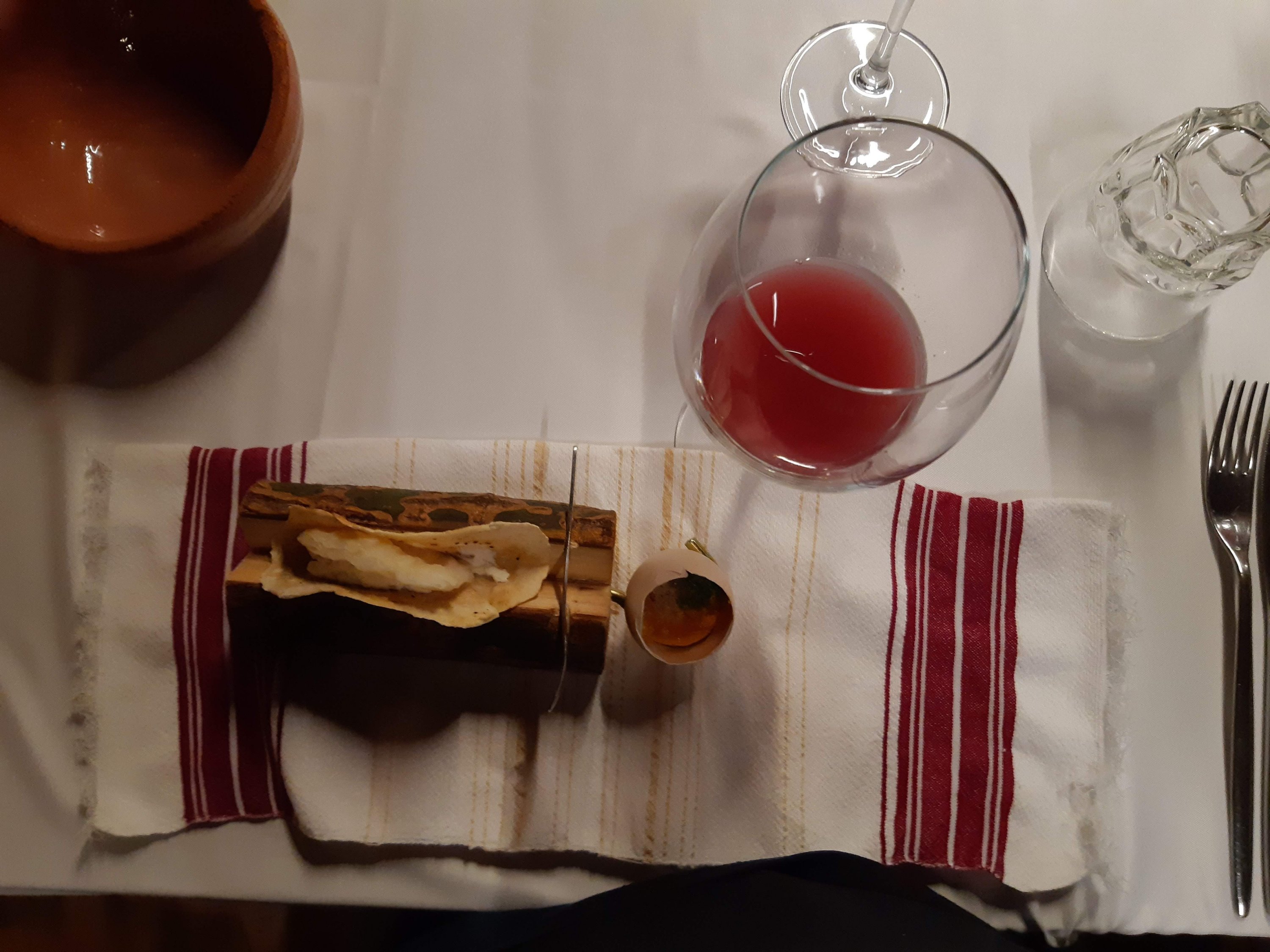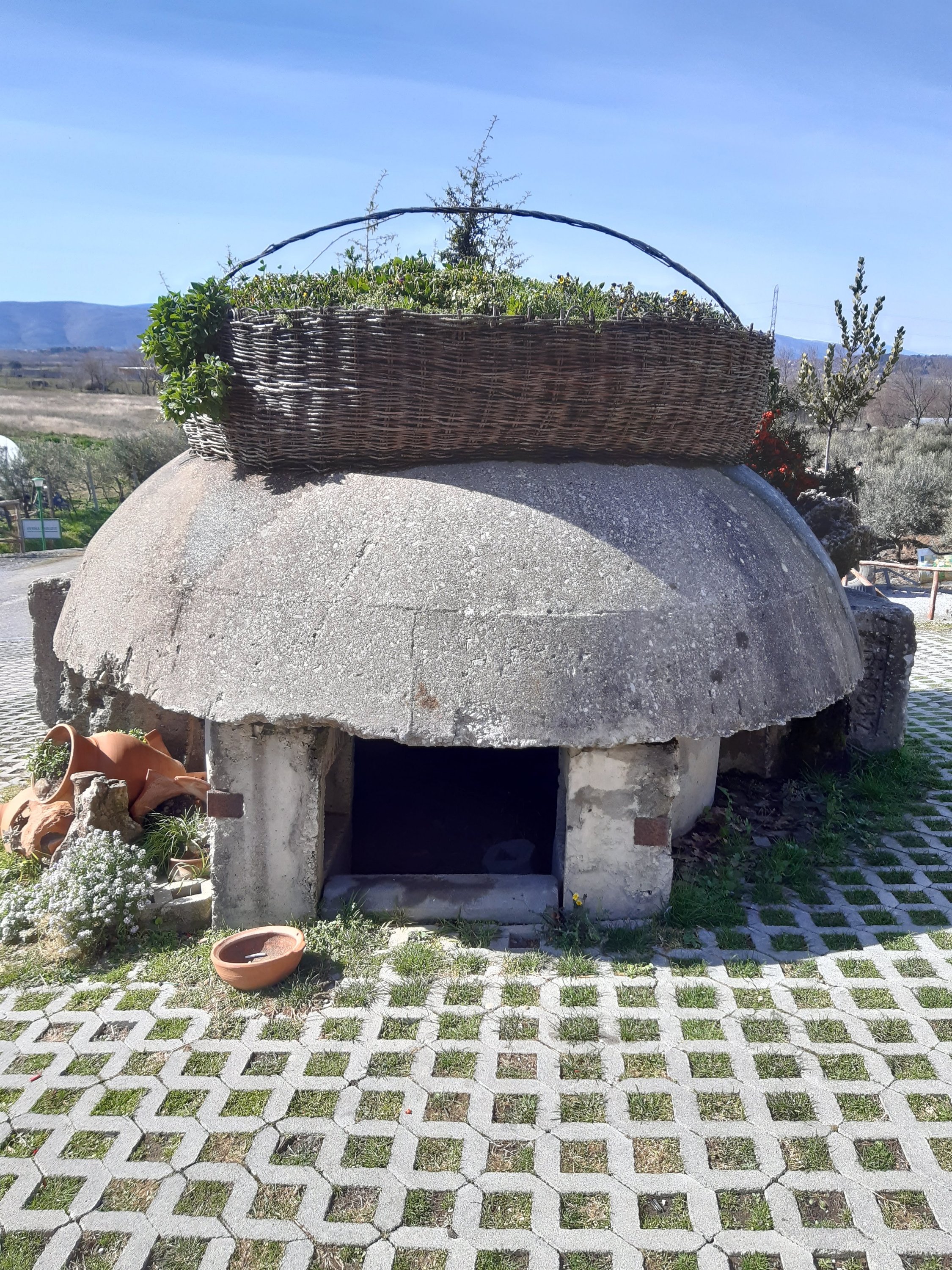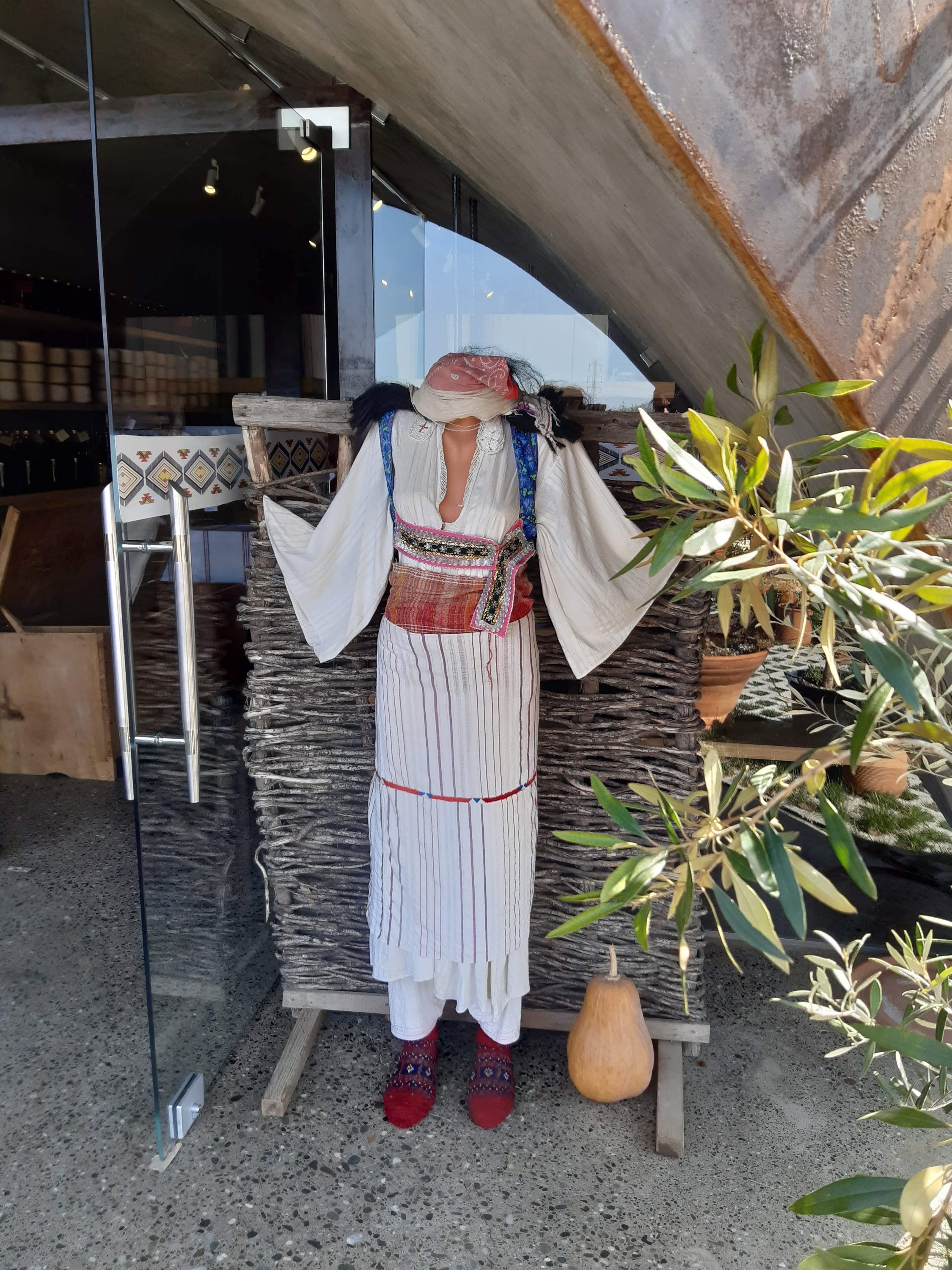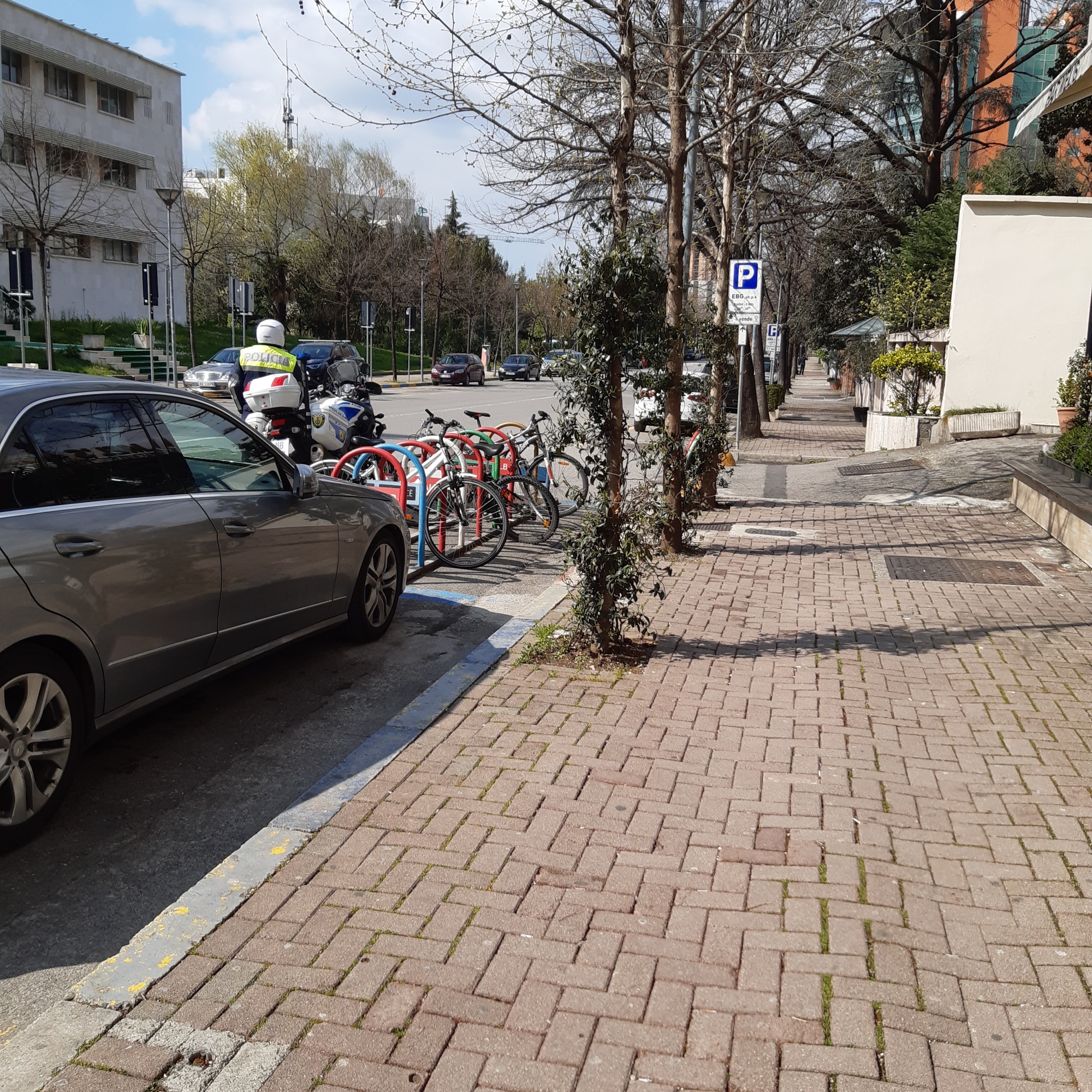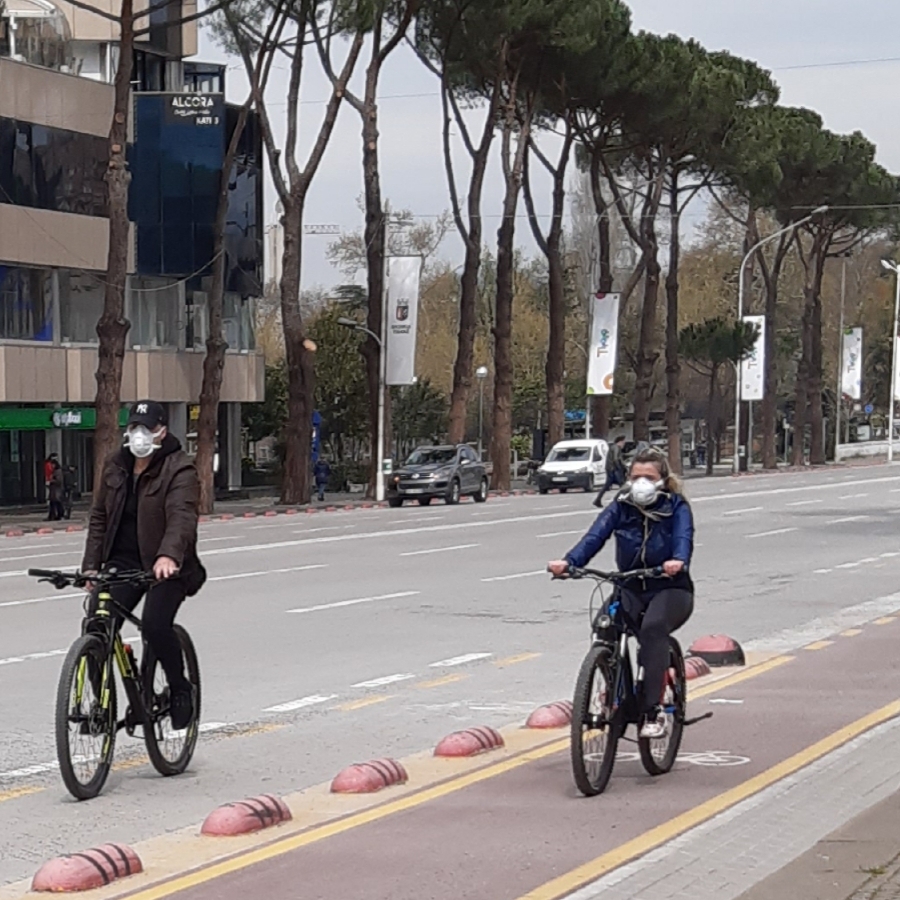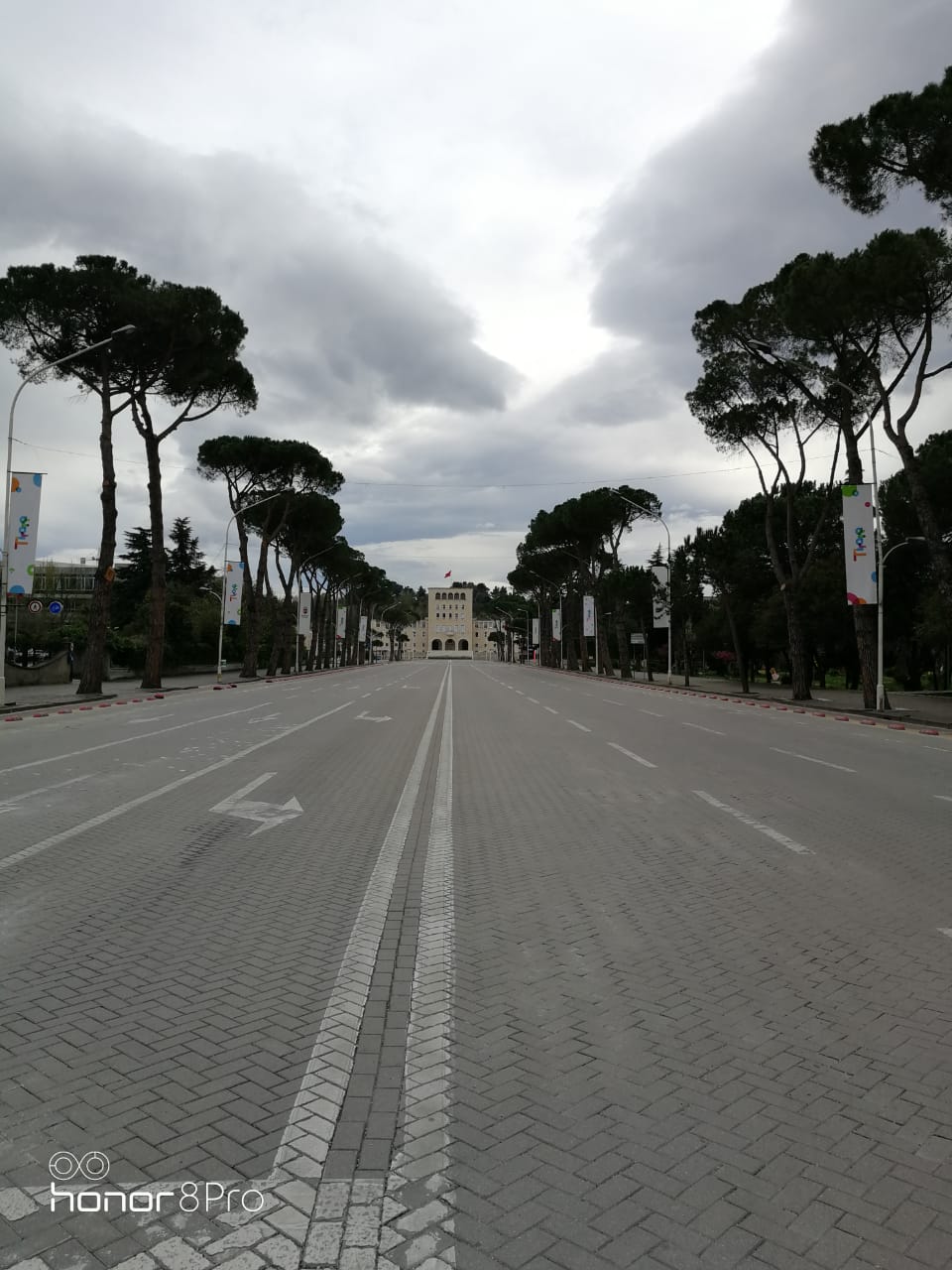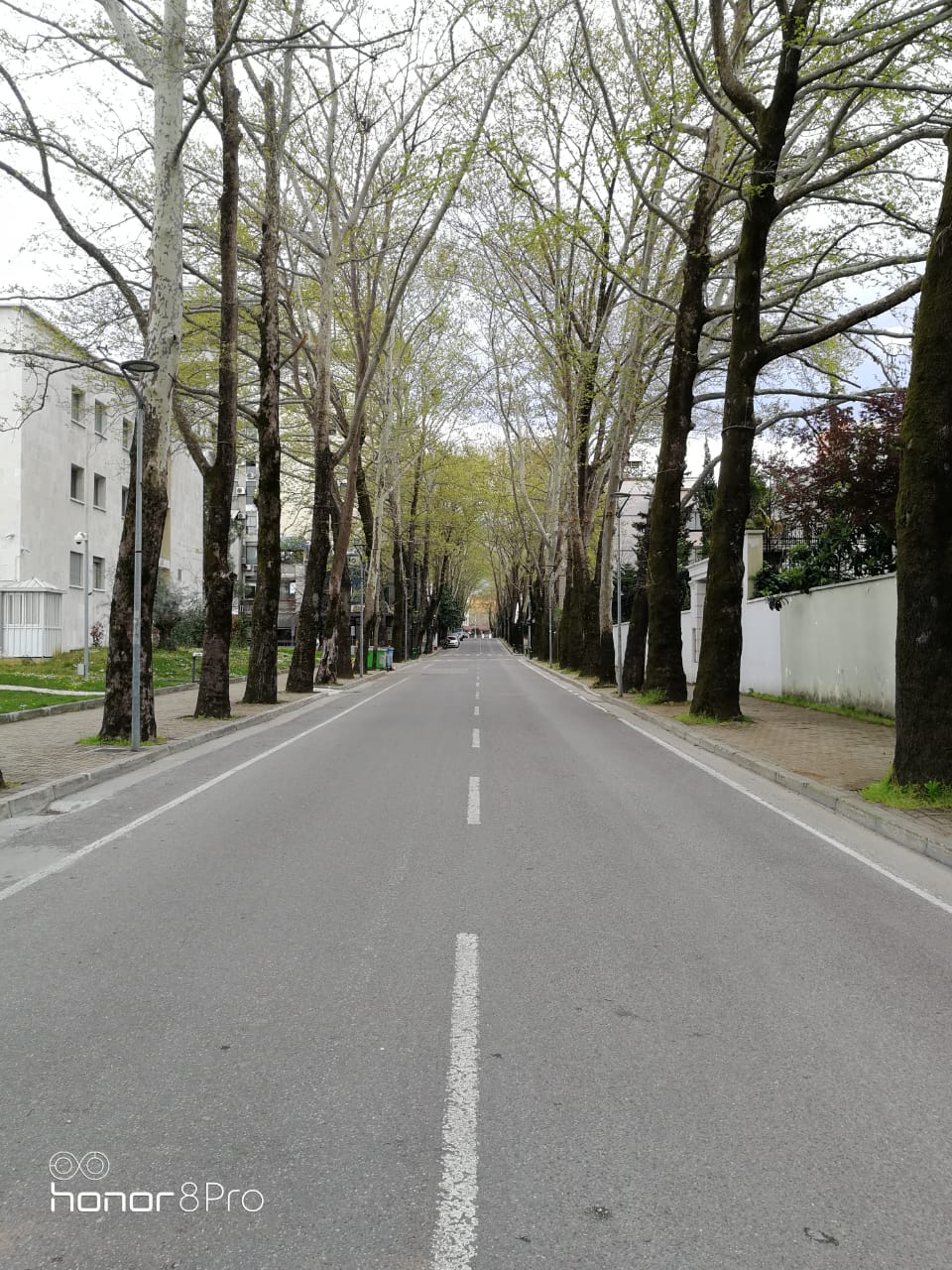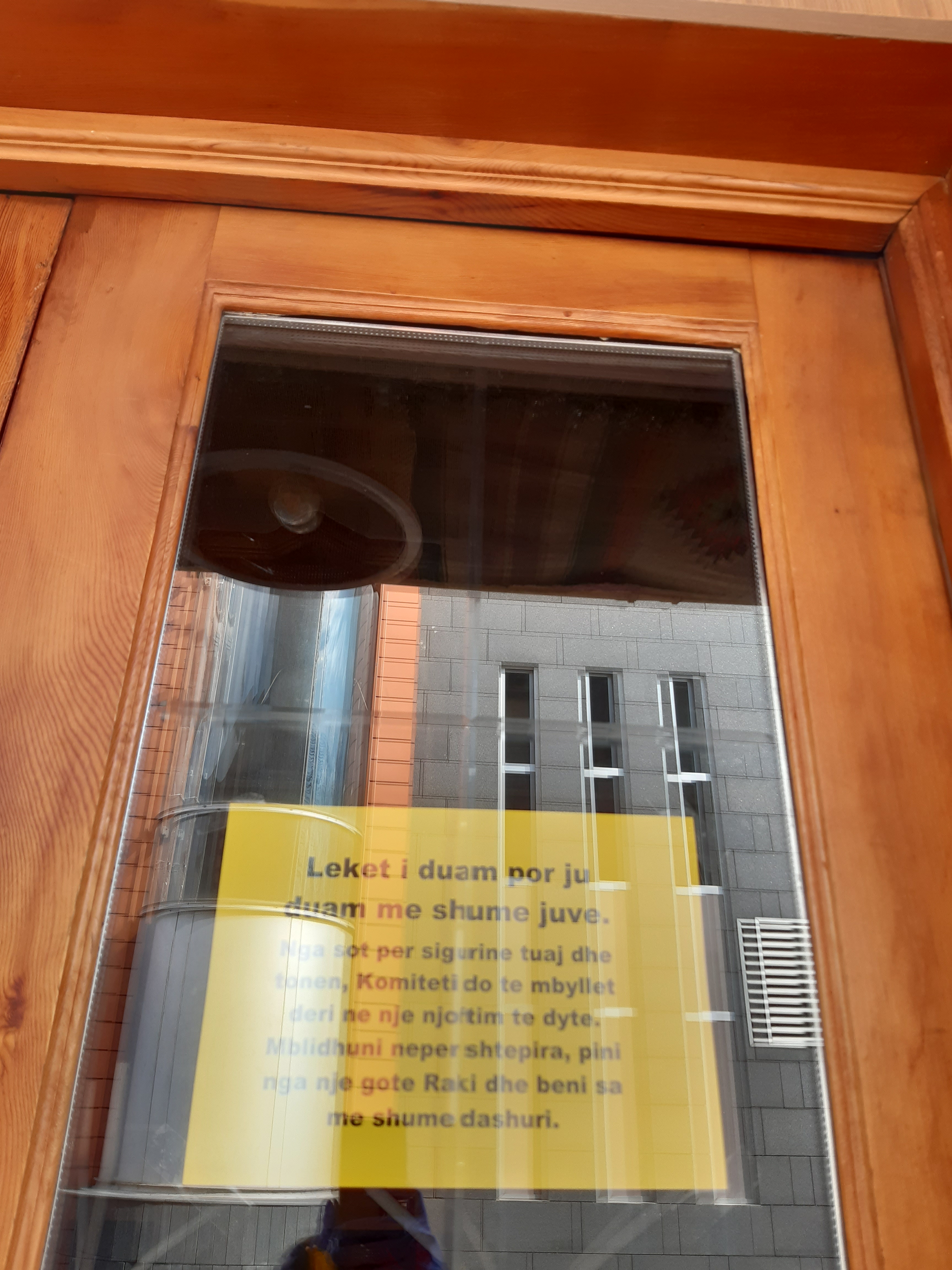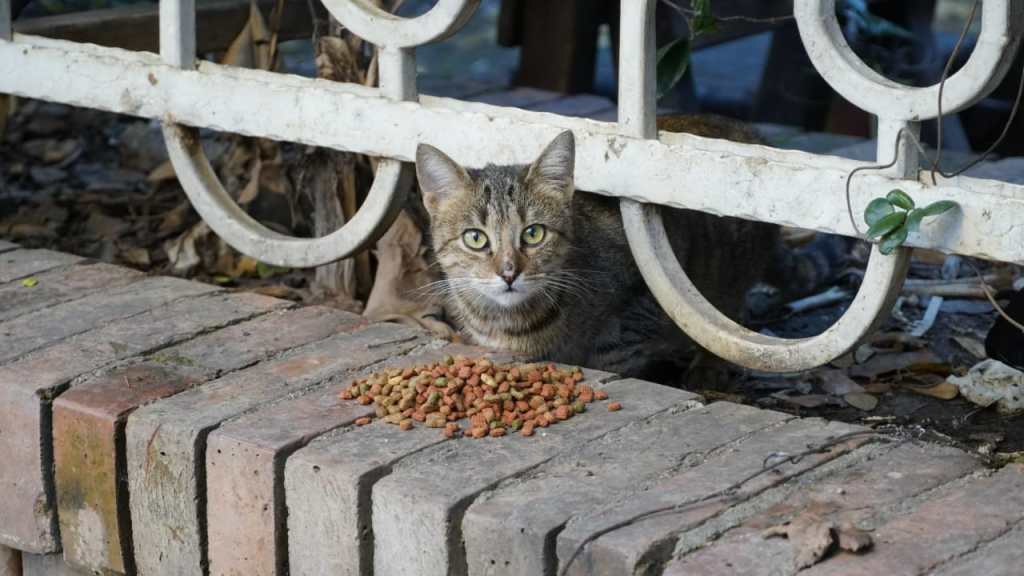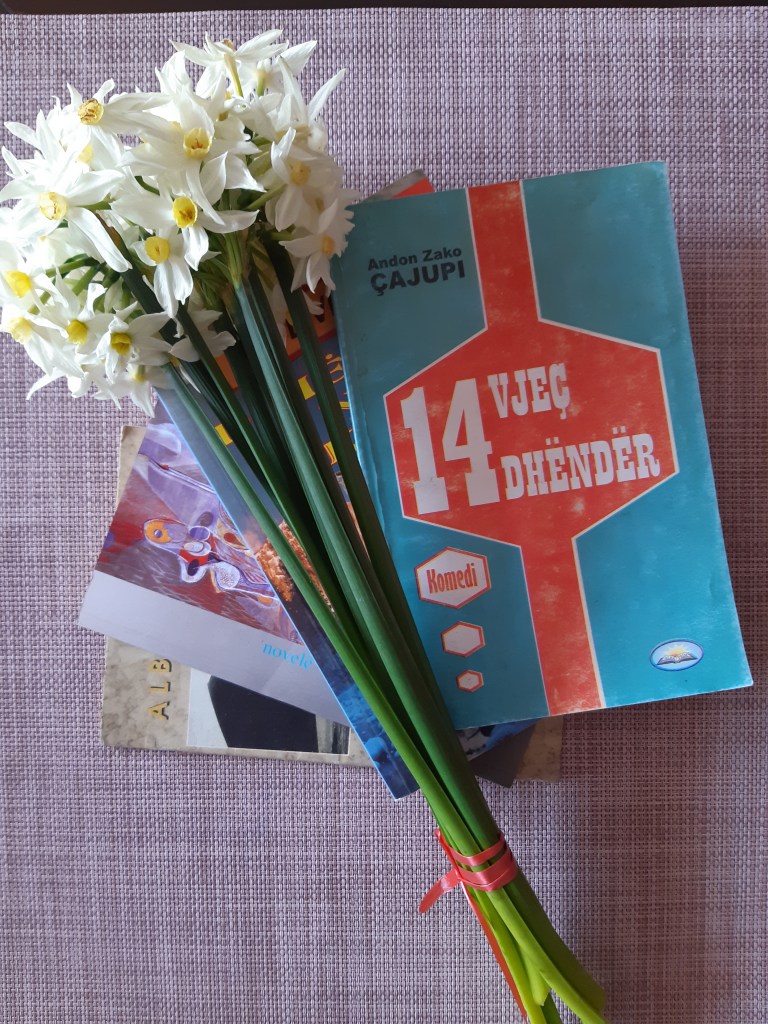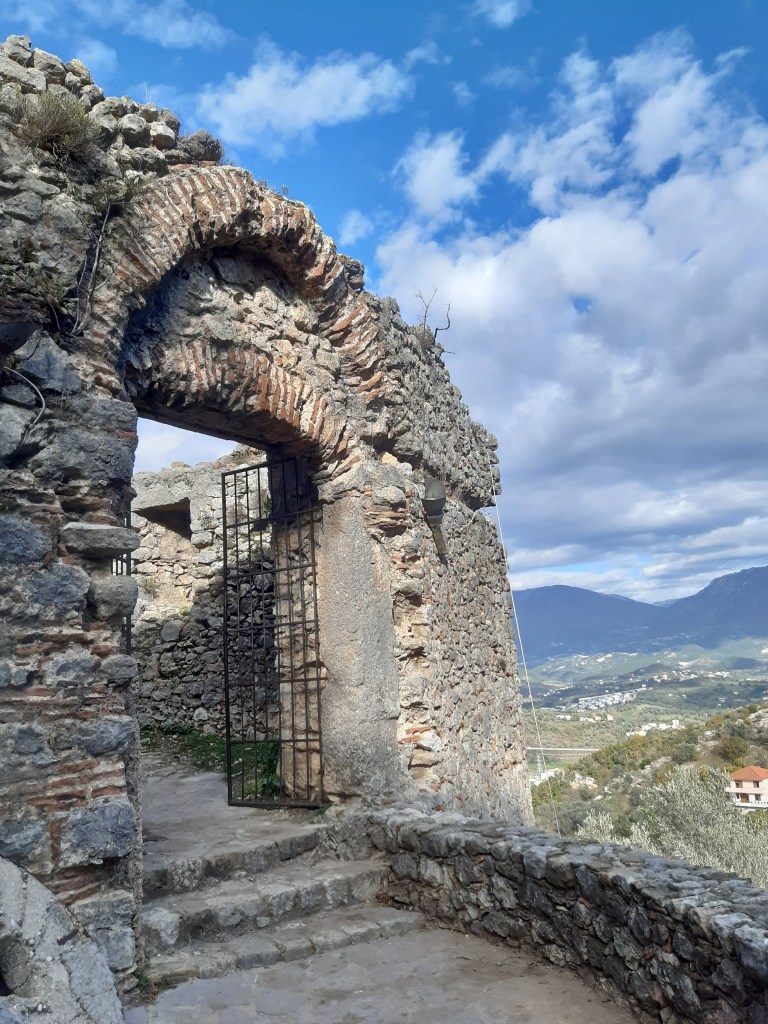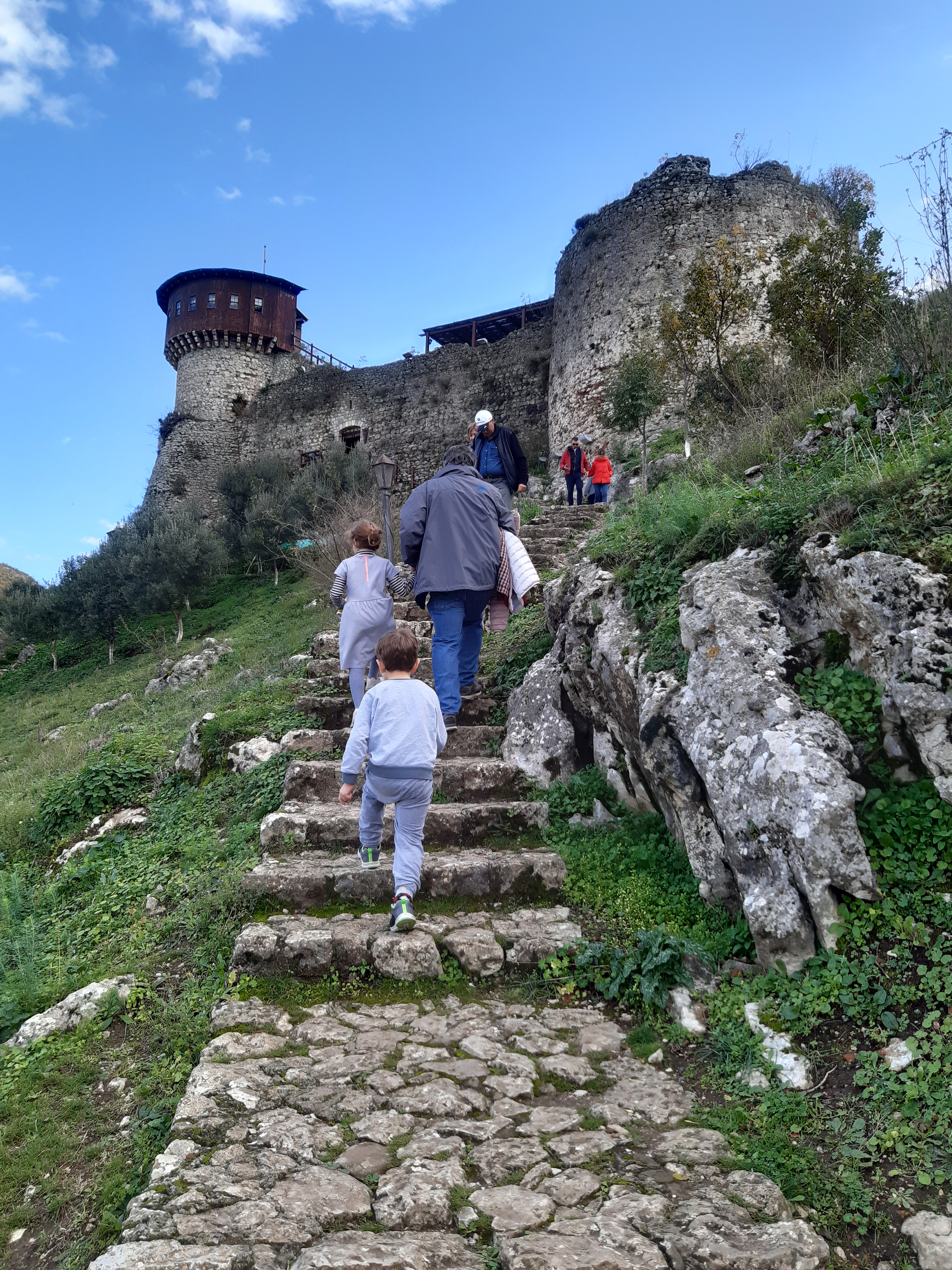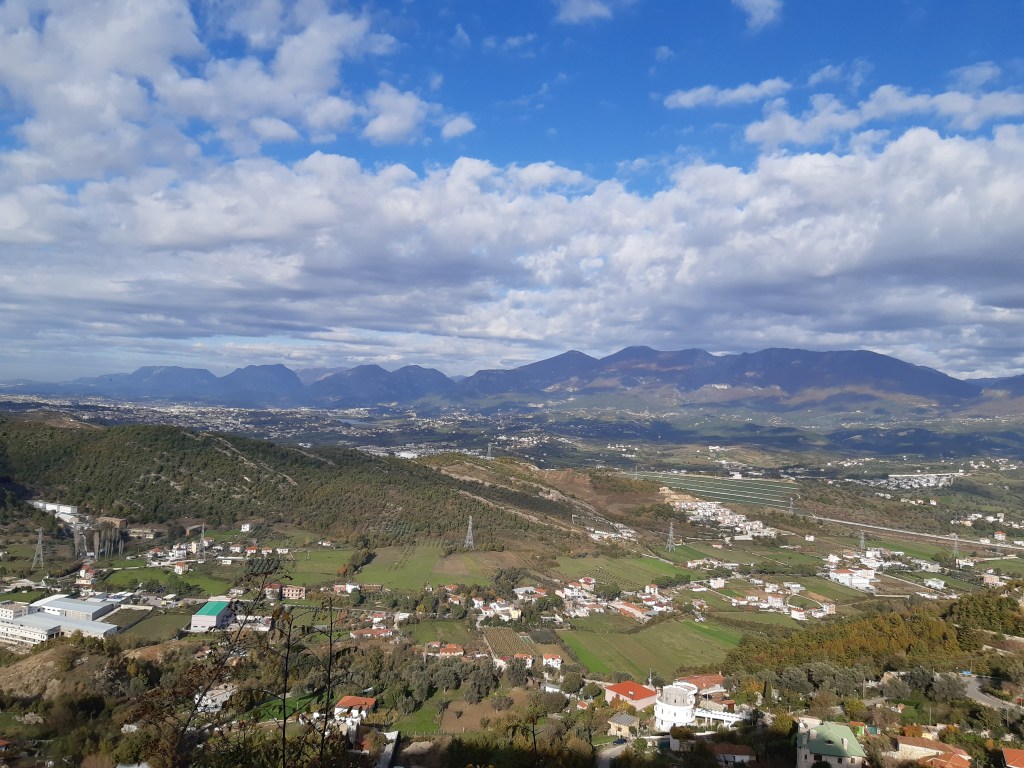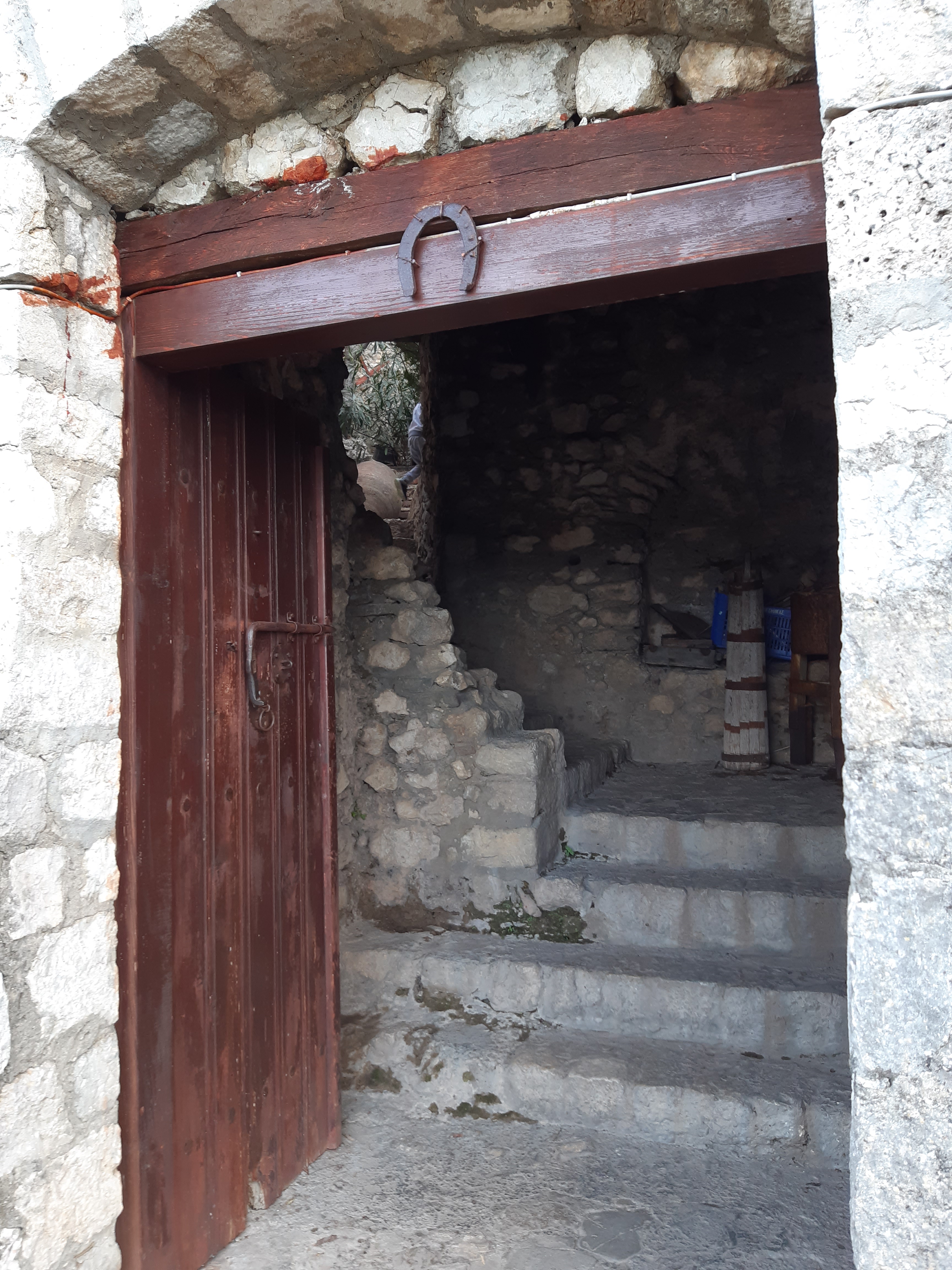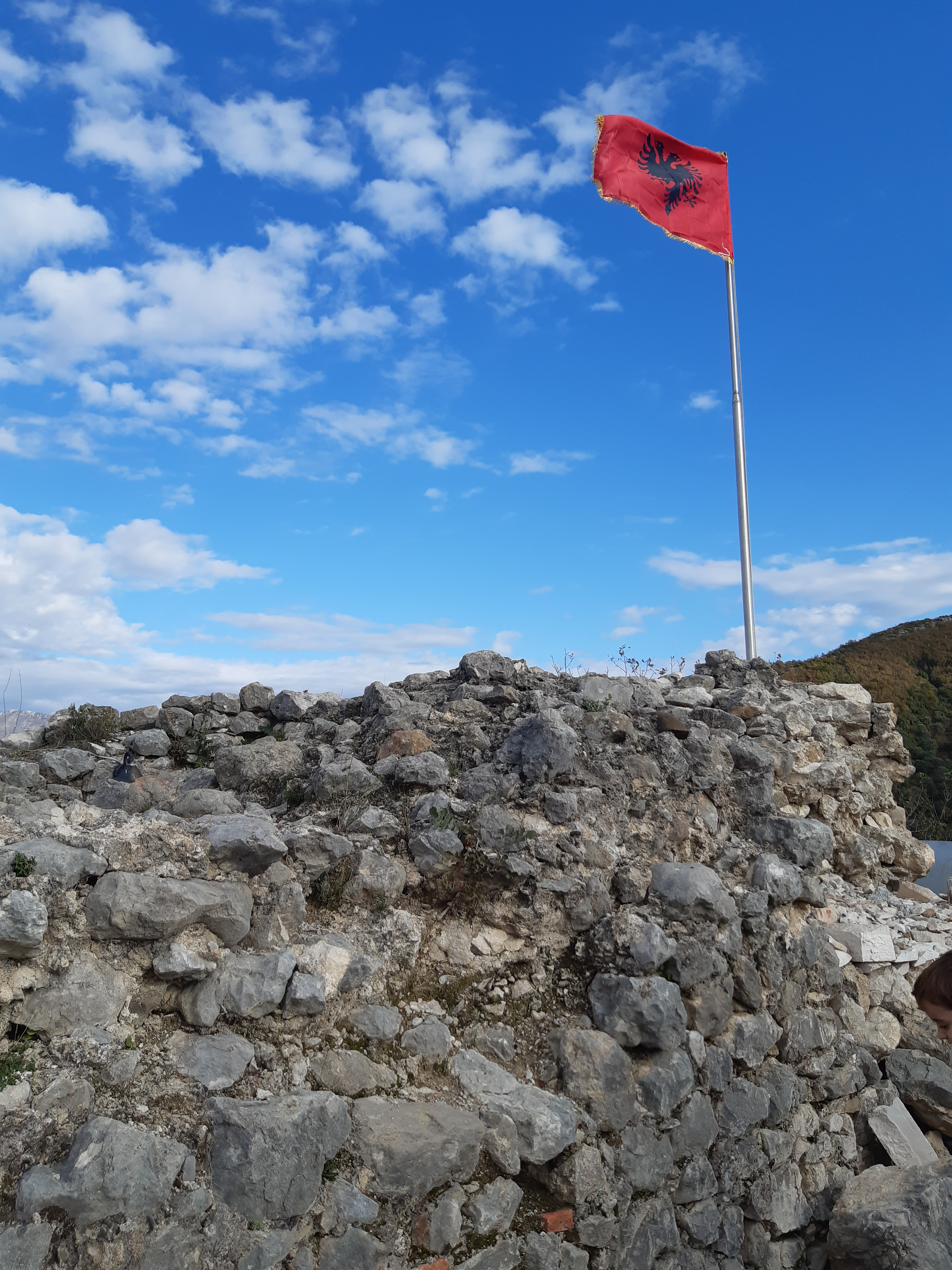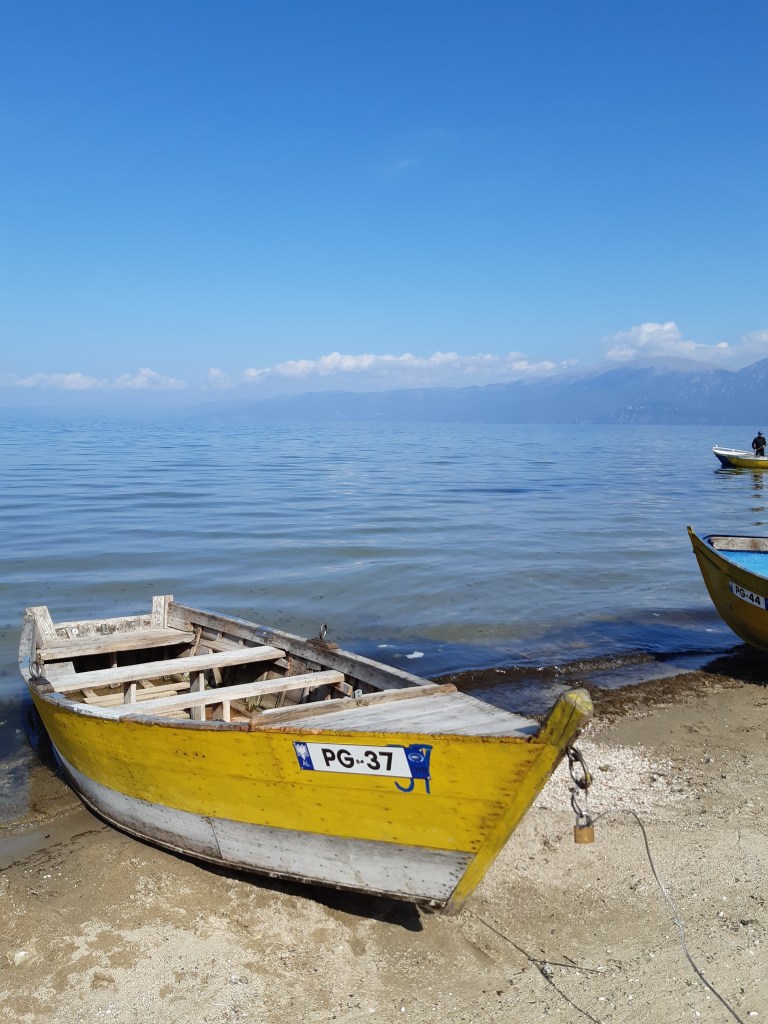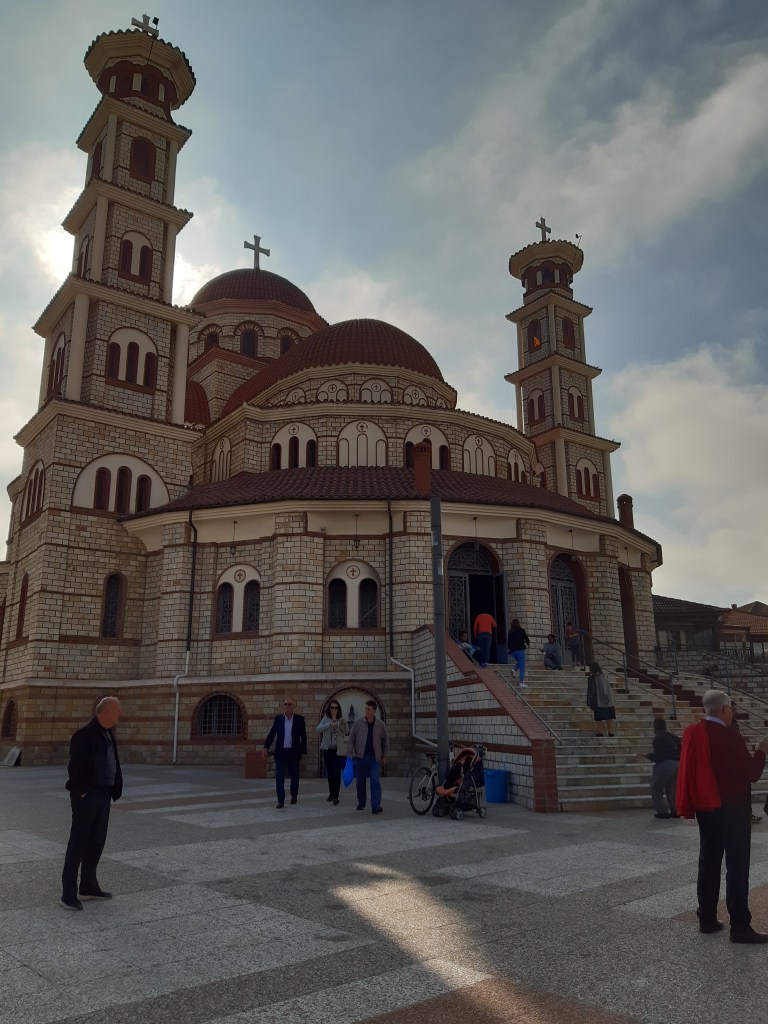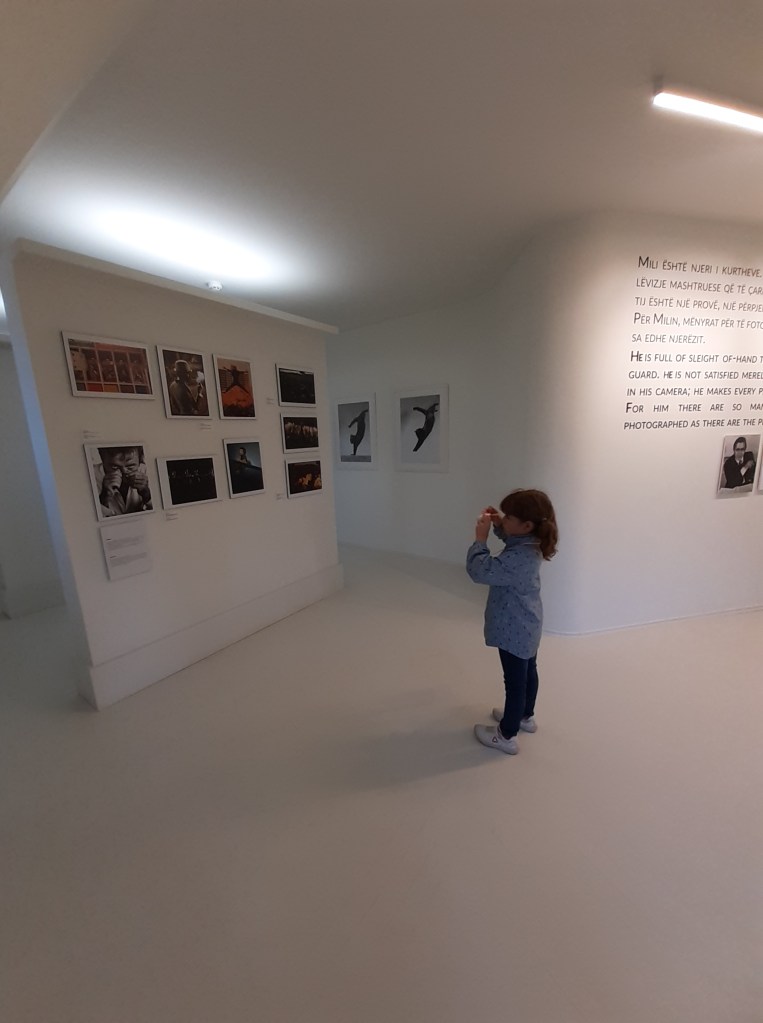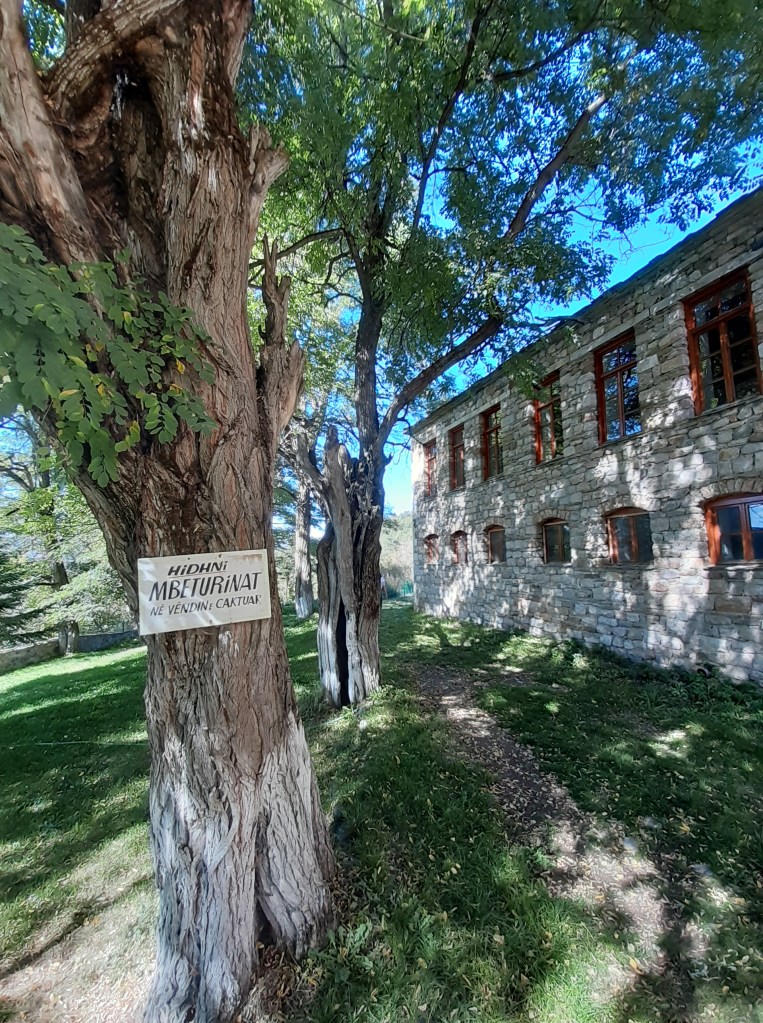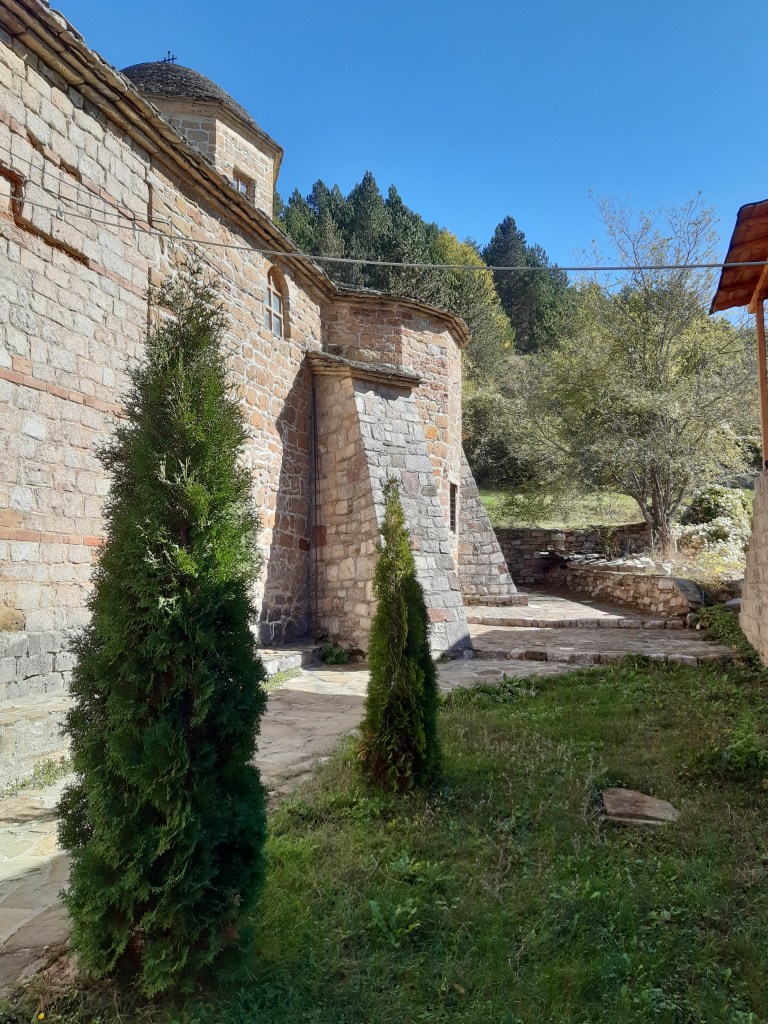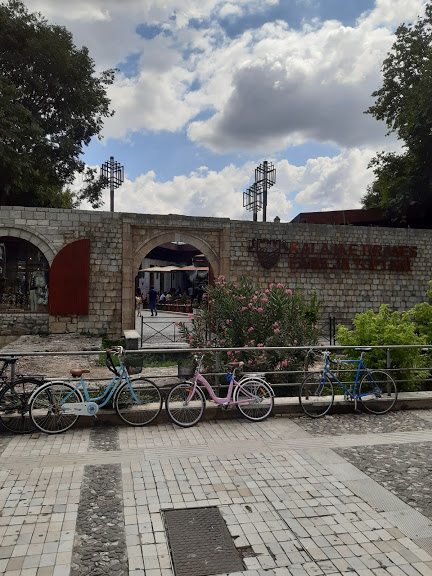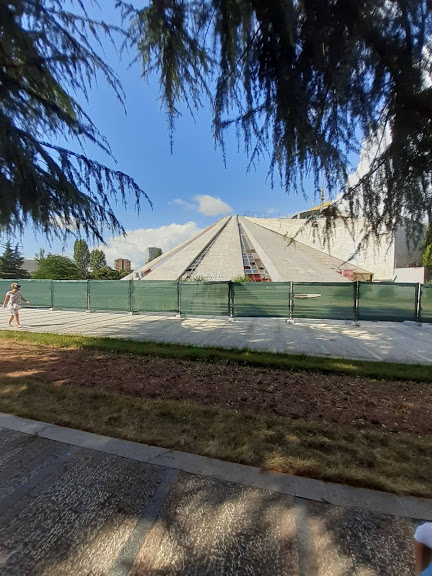There are places in Albania that whisper gently to your soul —like Theth— telling us stories without saying anything. Hidden deep in the Albanian Alps, cradled by jagged peaks and ancient tales, Theth is not just a destination. It’s a feeling. A pause. A breath held a little longer.

After many years of life and work in Albania, we decided to go and visit the place in the northern highlands.
We wanted to visit the beautiful scenes of nature which we had heard so much about, having an inner desire to search for the lost time, old customs, old passionate Catholic tribes of the Northern Albania.
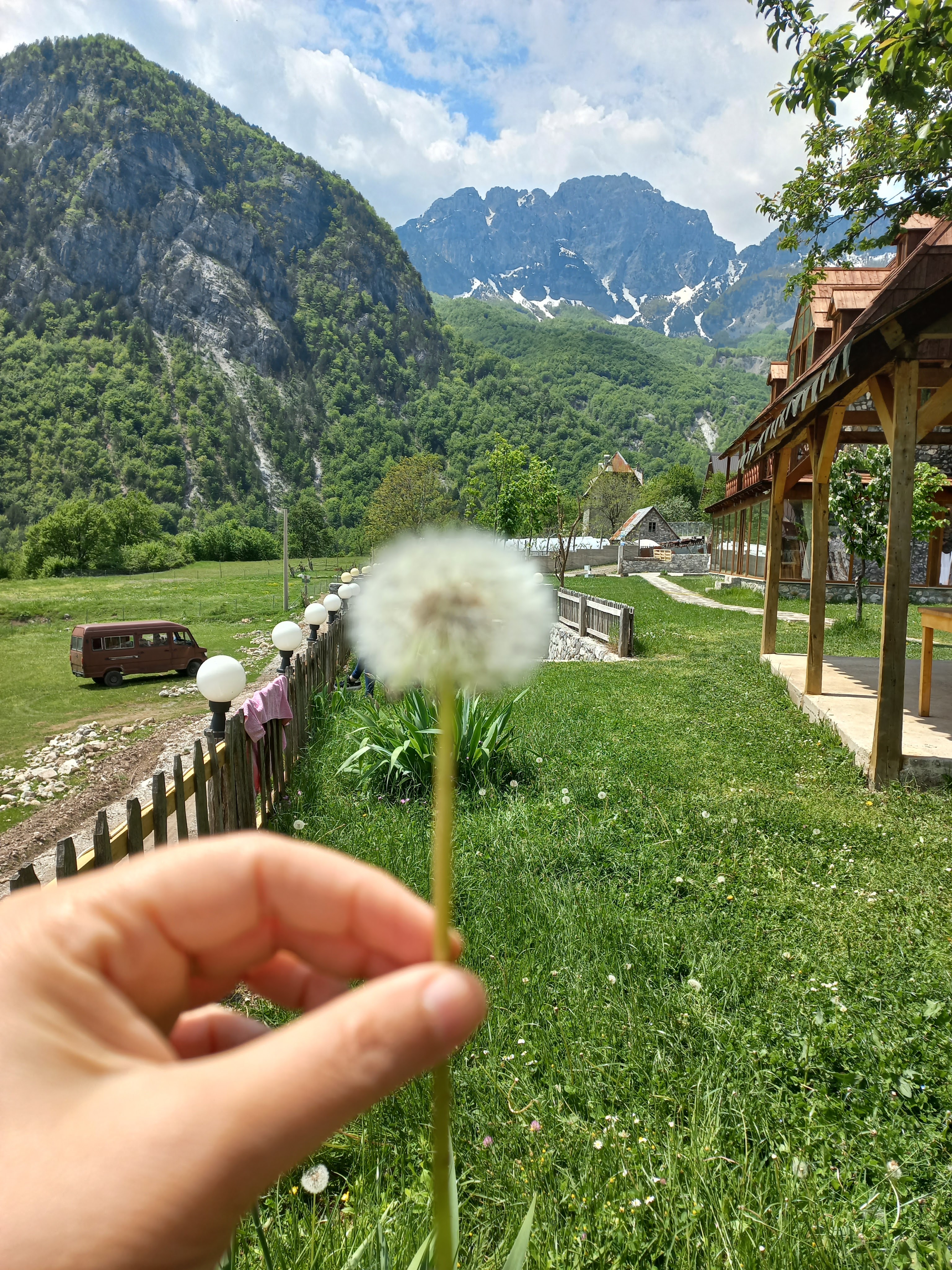

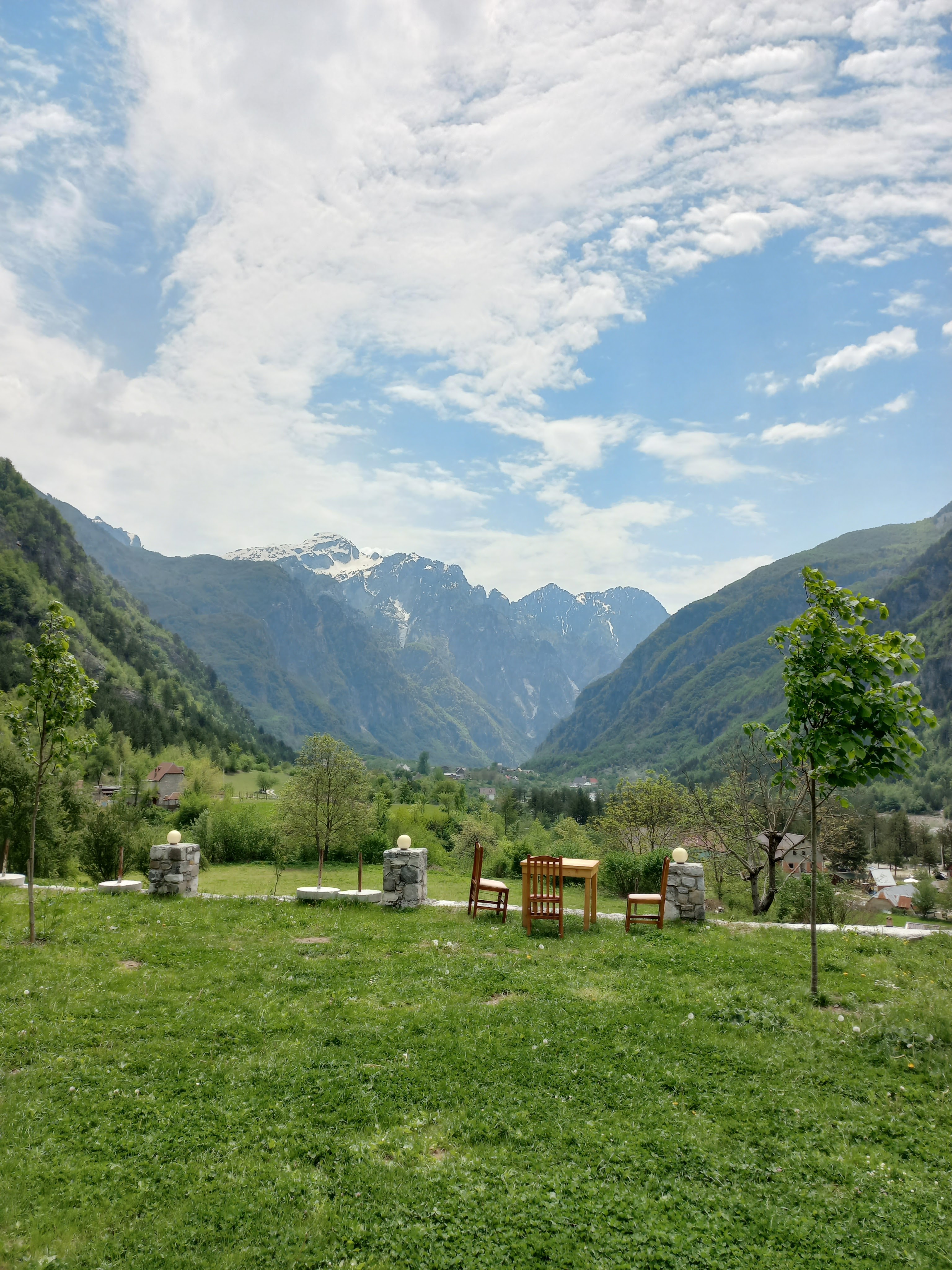
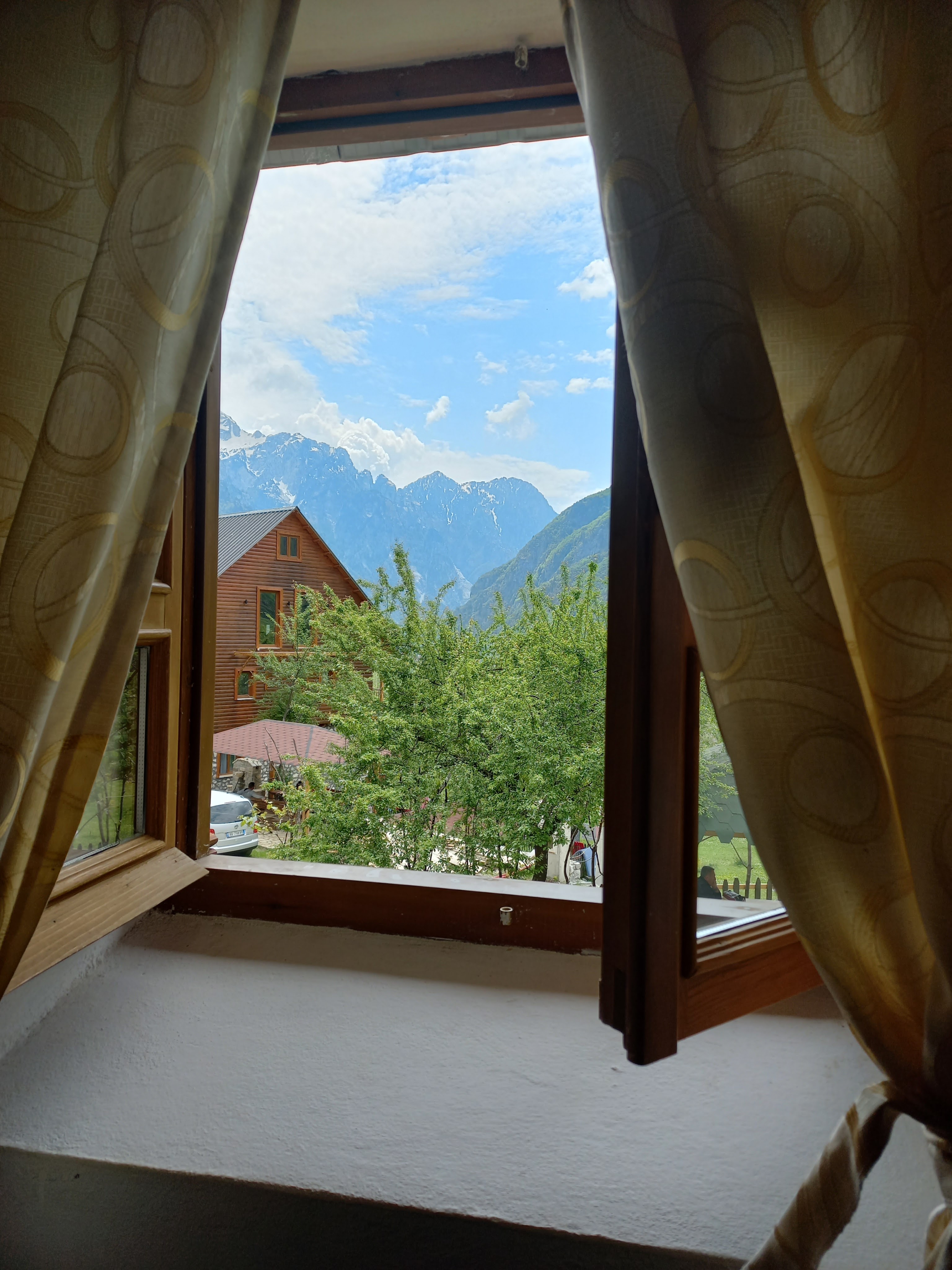

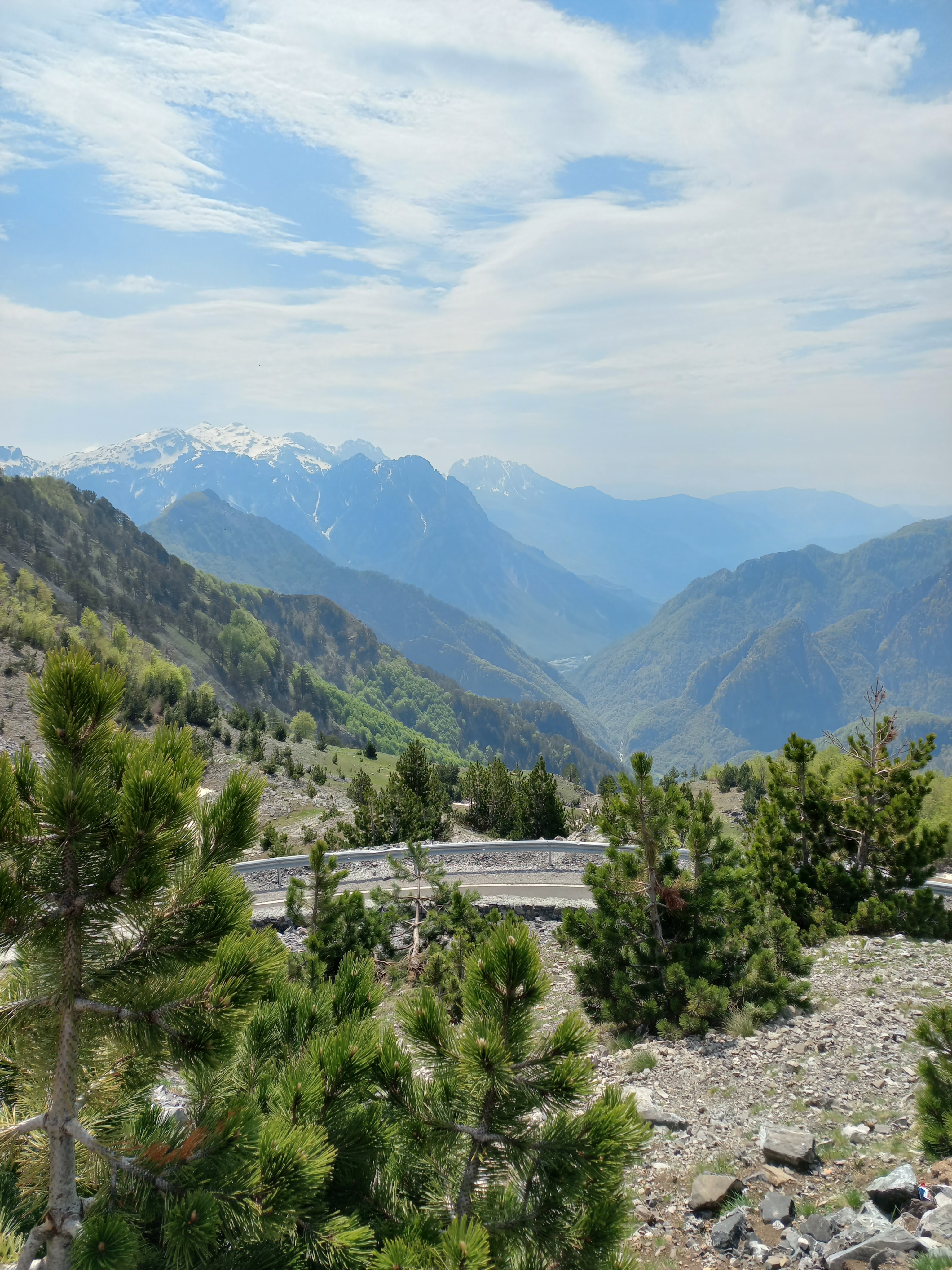
More than hundreds of years have passed and Theth, once a poor hamlet with two hundred households, has seen itself being emptied of their own people who would leave this isolated wild place, far at the edge of time and earth, for a better life or fleeing blood feuds. Most of them had left for America in the 1930’s to leave behind just a small number of co-villagers who remained forever imprisoned within the everlasting snowy high mountains and, after 1945, isolated by a fifty-year-cold- winter of the human soul, the Albanian communism.
The village and the area were never visited by any communist dignitary to be left to its own destiny. The last inhabitants left the village after the fall of the regime to go to Shkodra, the nearest big city.
Once a lost village visited only by rare travelers and explorers who would be hosted in the poor cottages and huts by villagers in the best fashion of Albanian hospitality with no profit purposes, Theth is today a place with commercial guesthouses appearing and spreading everywhere run by the natives only in spring and summer but not in winter when the place becomes completely cut off from the world.

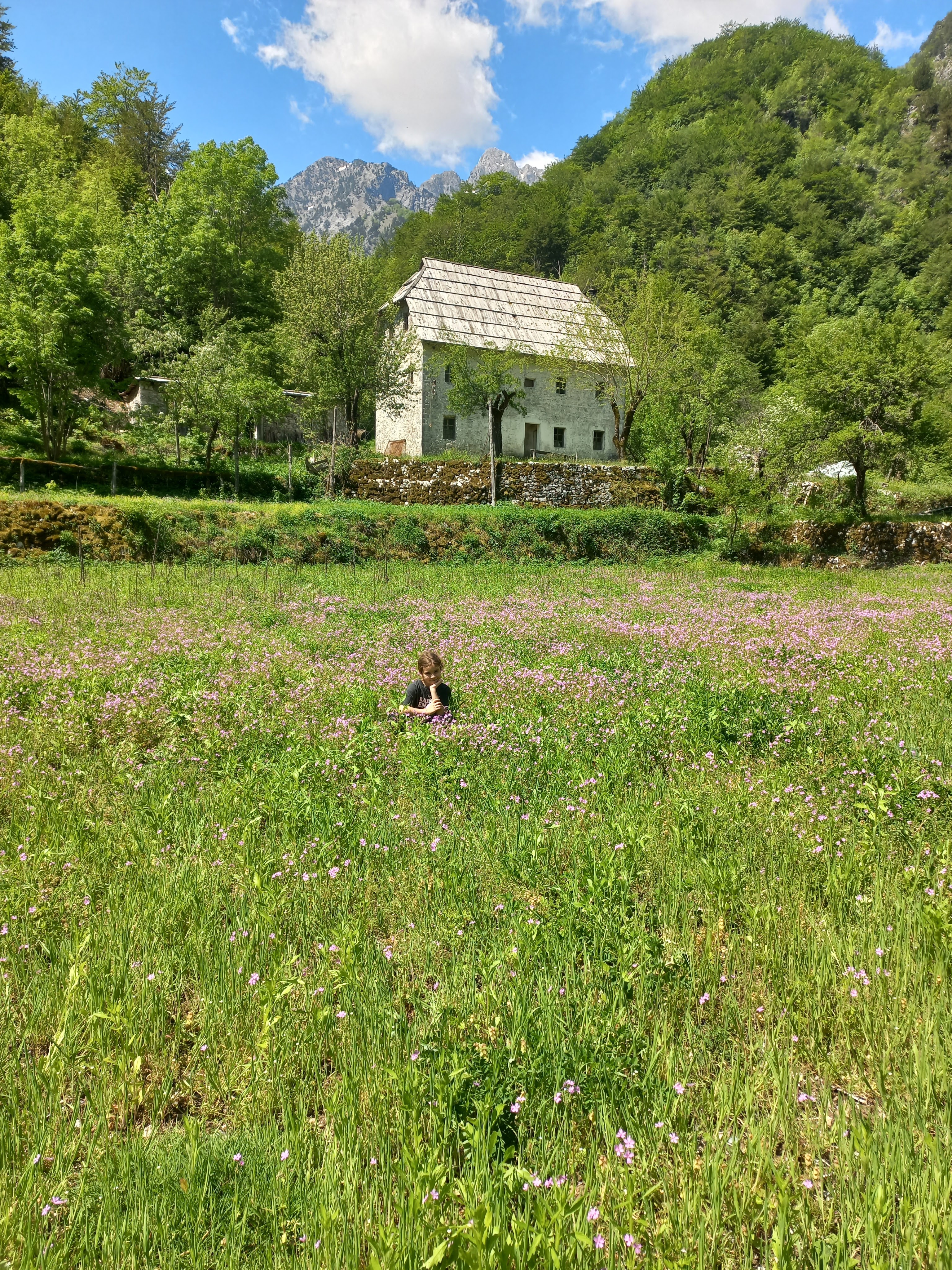
Imagination, emotions, and freedom would transport anyone; for this place offers all a reverie worthy of the romantic travelers of the XIX century: the everlasting-fairy-tale-high-mountains with snow that never melts even in summer; the unpredictable weather awaken your senses so that you love this place differently when it’s snowing, raining or when it’s sunny, all this within a day.
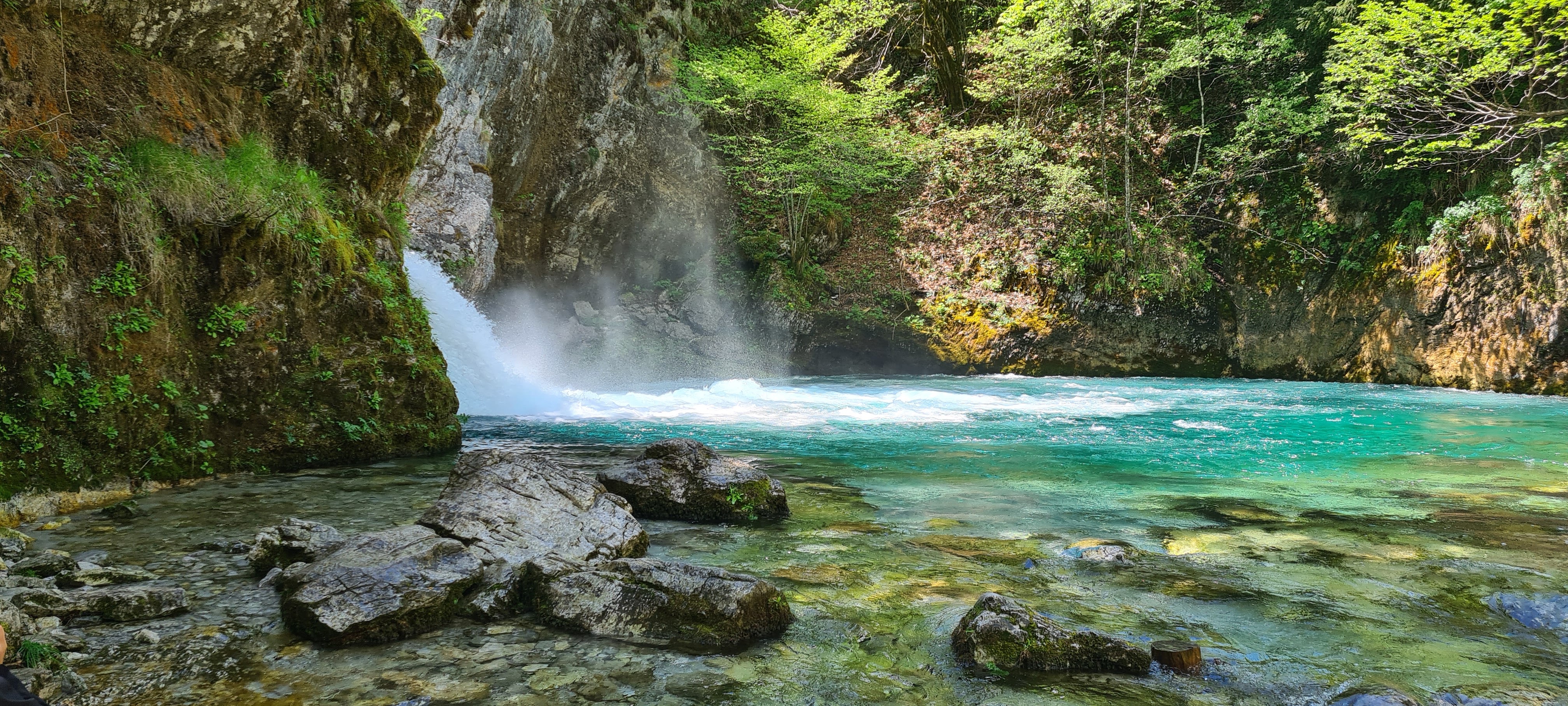
Many people have passed through the mountains of Theth, but few have left a mark as deep as Edith Durham. Over a hundred years ago, this Englishwoman came not with expectations, but with an open heart. Traveling by mule through some of the most isolated corners of Albania, she listened, learned, and stood beside the people of the north when few outsiders even knew they existed.
She was more than a visitor. She became a voice for the highlanders, writing about their bravery, hospitality, and struggles during turbulent times. Her respect for their way of life was real—so real, in fact, that the people came to call her “Mbretëresha e Maleve” – the Queen of the Mountains.
Today, a small monument stands quietly by the road to Theth in her memory. It’s a simple reminder that sometimes, the ones who understand us best come from far away—but leave a part of their souls behind.
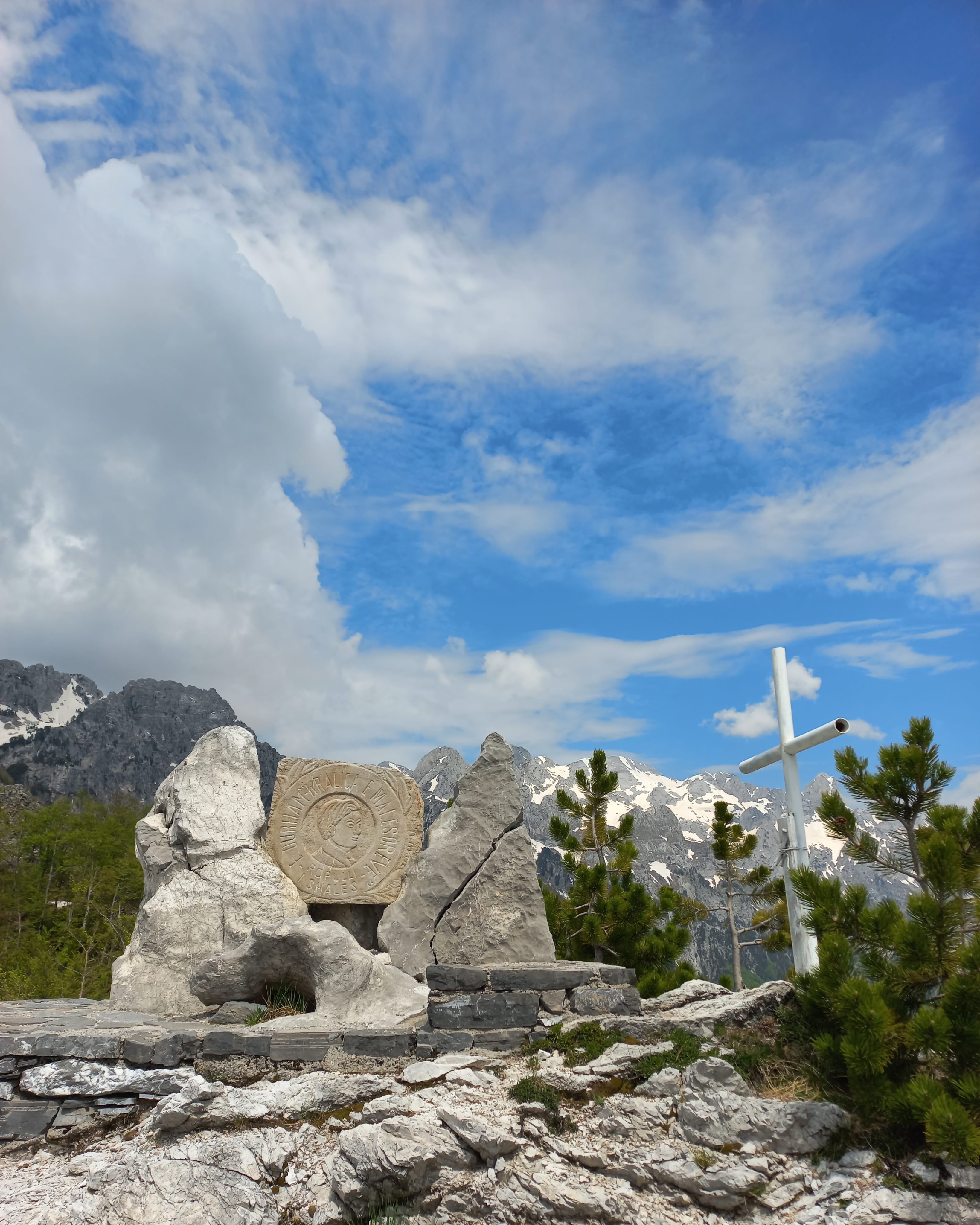
Theth and its alps offers a grammar of senses and there is no other way out than to submit yourself to them: the feeling of isolation claims you, a strong communion with the nature plunges you pleasantly into your thoughts; the mountains with sharp peaks like a gothic cathedral stands in front of you immovable and you turn and turn and spin around wishing to see everything.
There is such poetics that you will once again love yourself or bless the world or love your mother that gave life to you. Or love God. I don’t know! Sad and pensive travelers suffering of the world might have their melancholy exalted to the point of thinking of shortening their lives! Come and see it yourself! You will perhaps hear the first call of your Muse and become a writer in this place of inspiration; even better.
